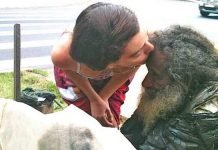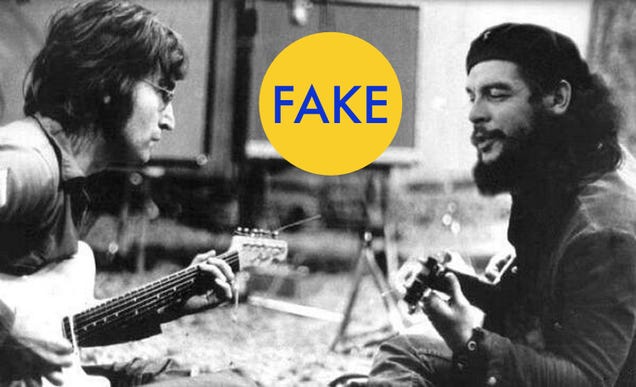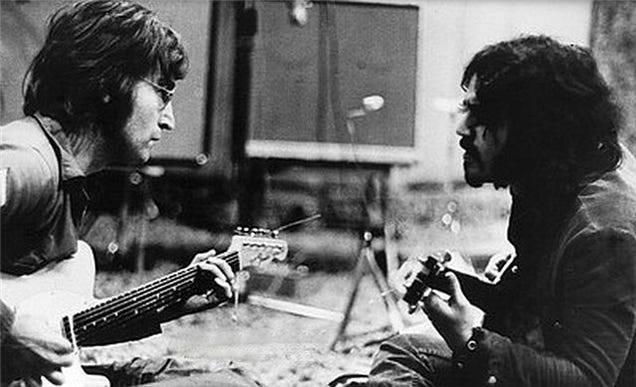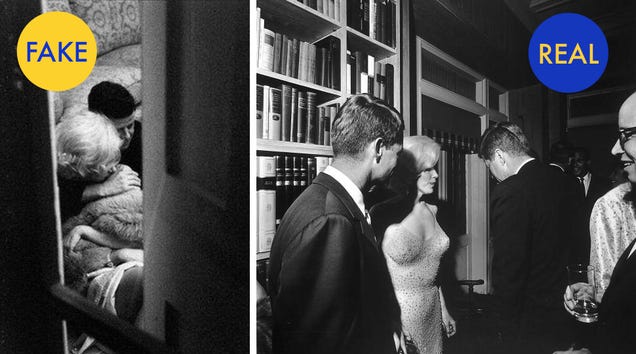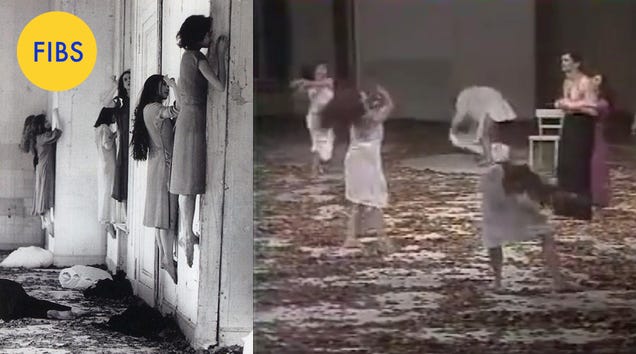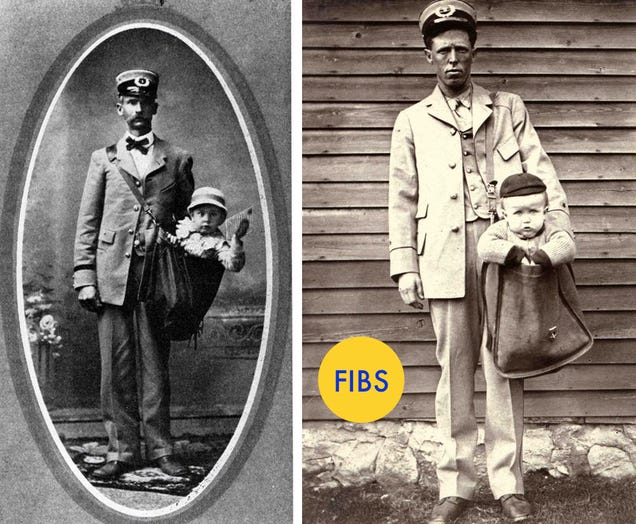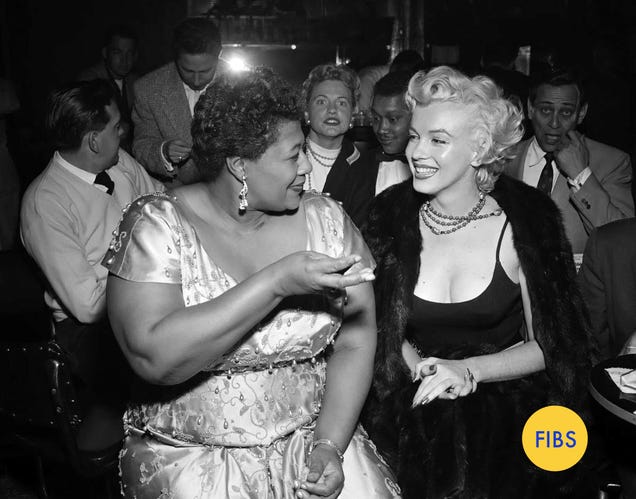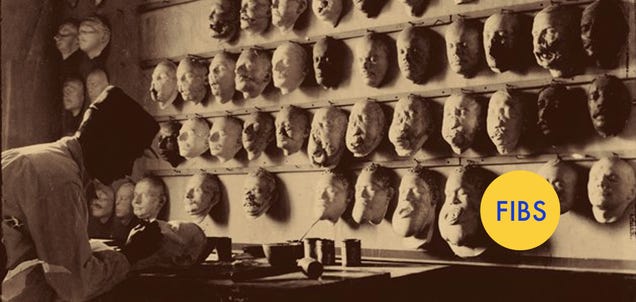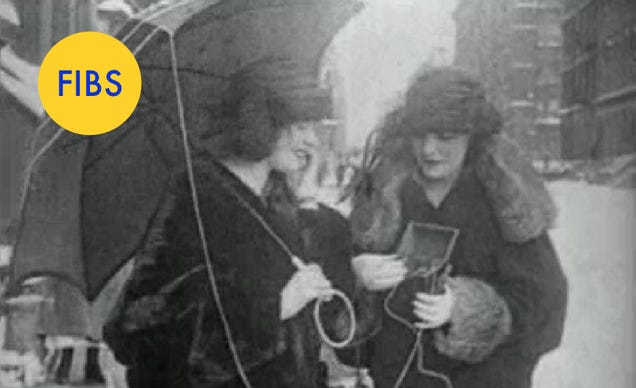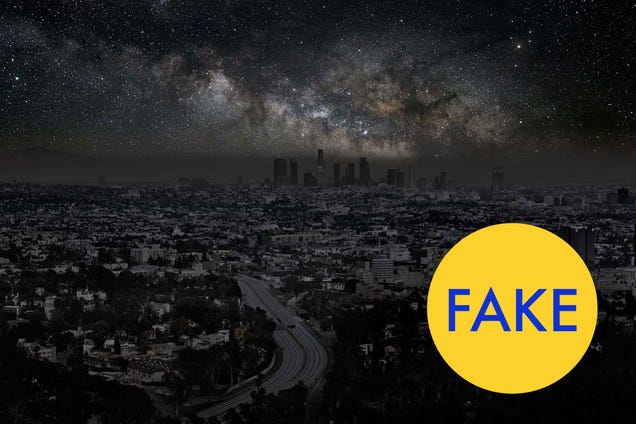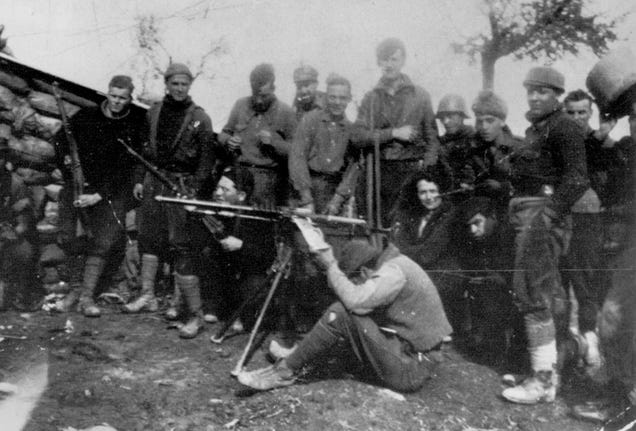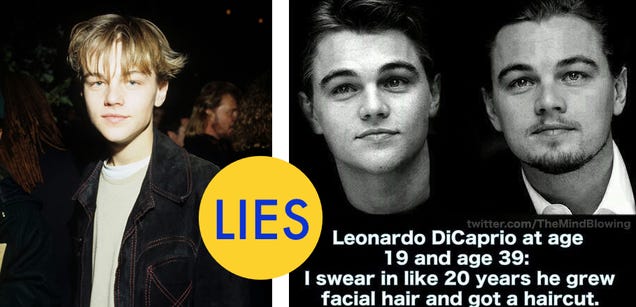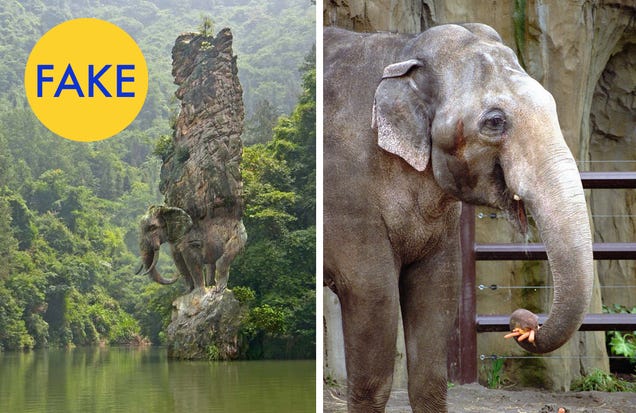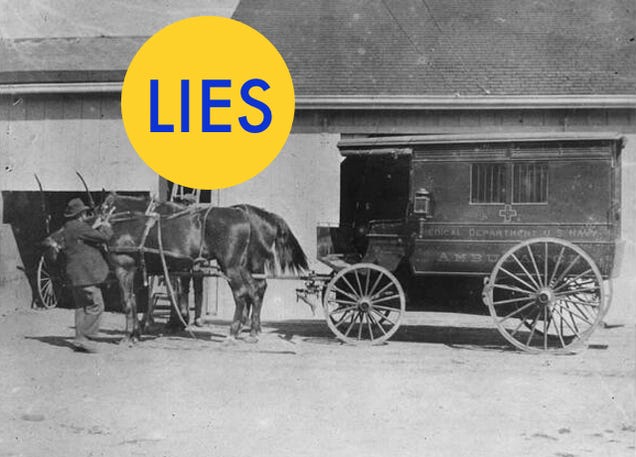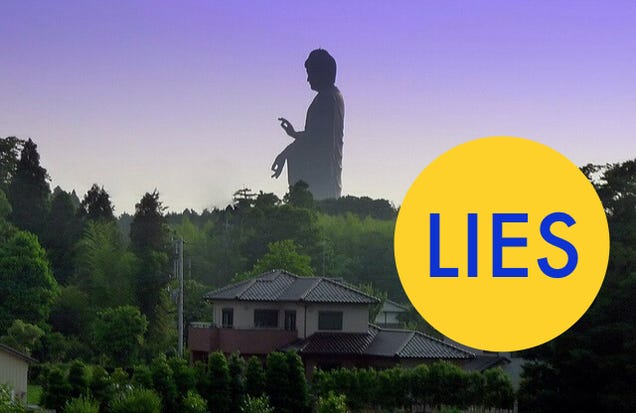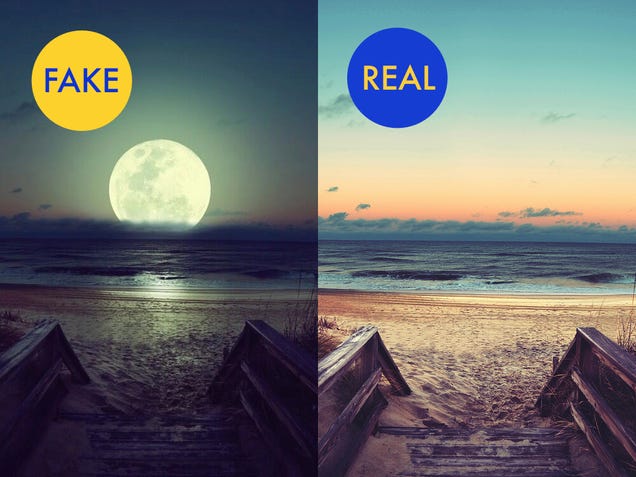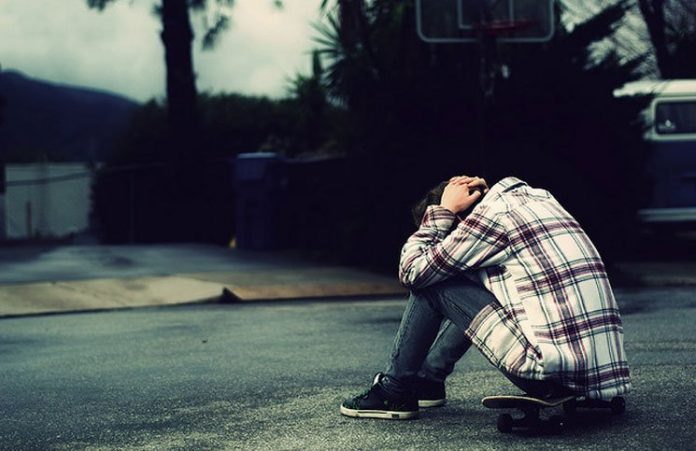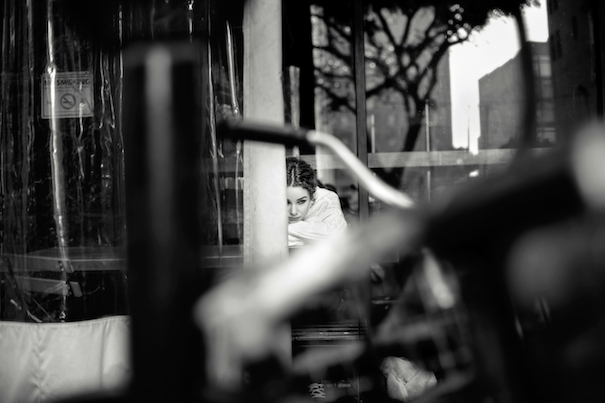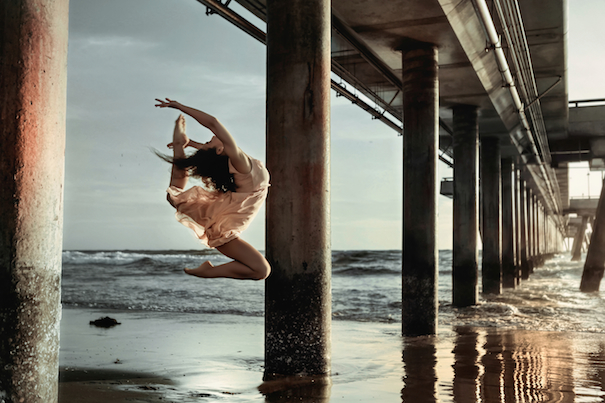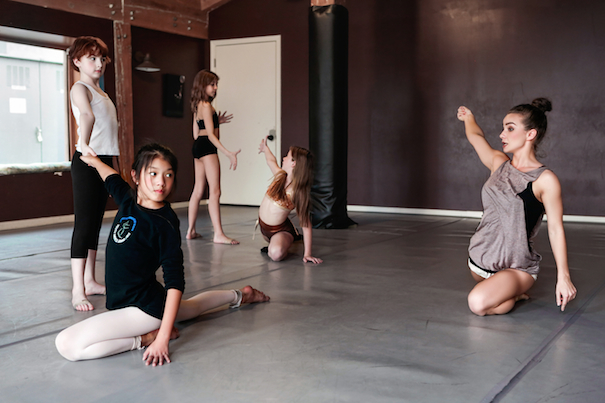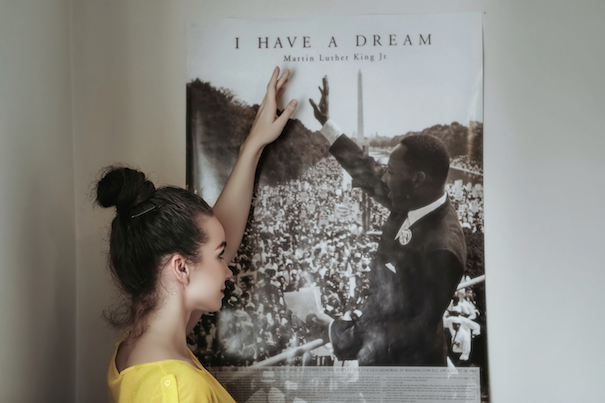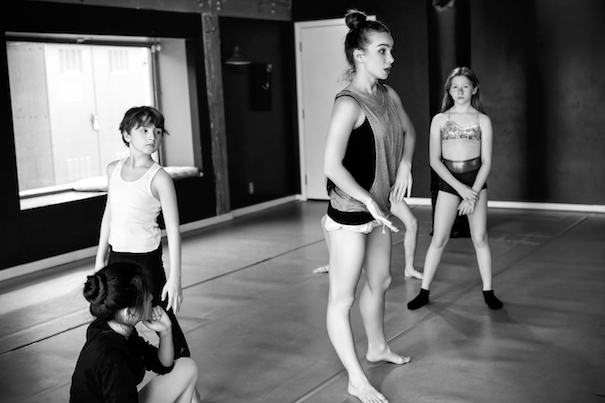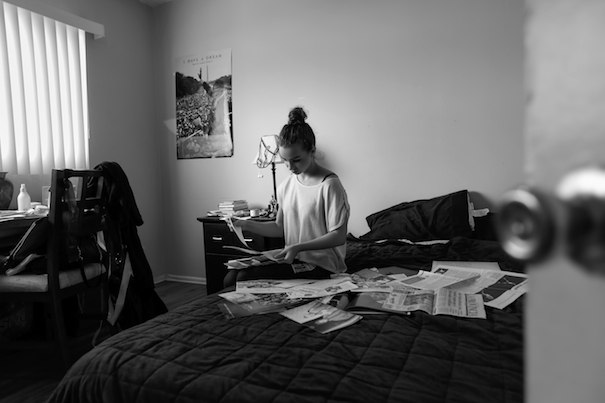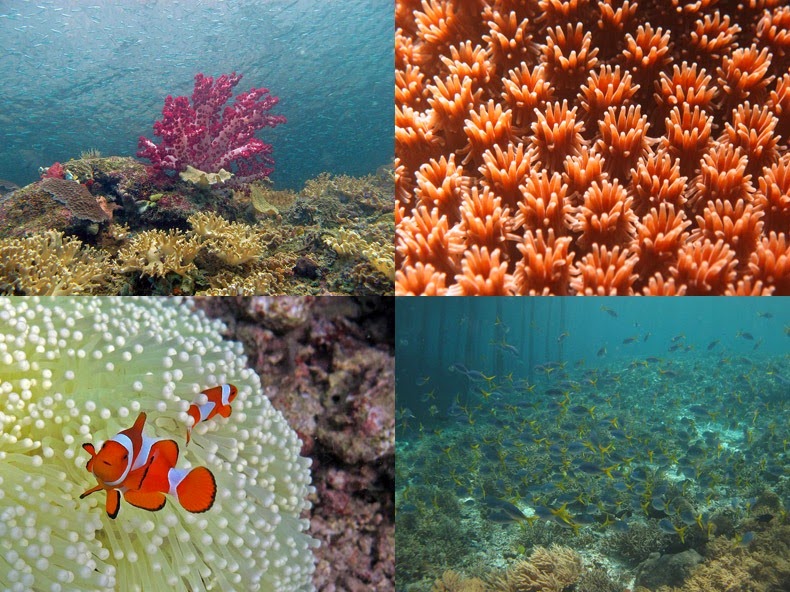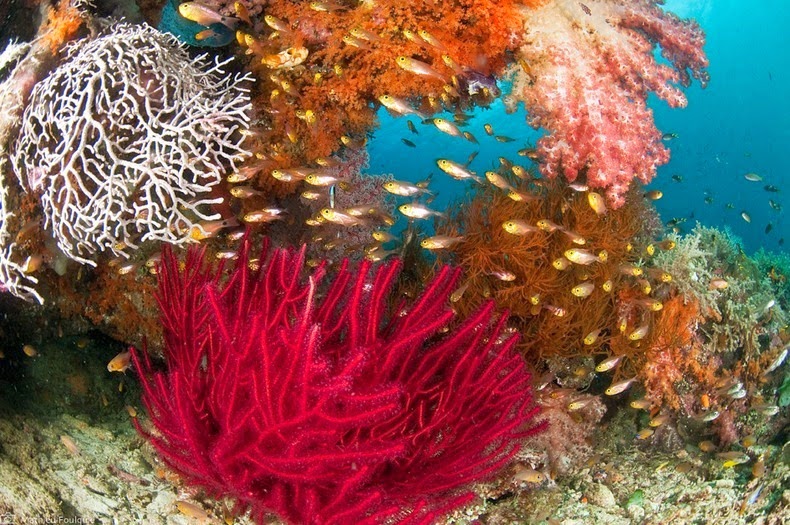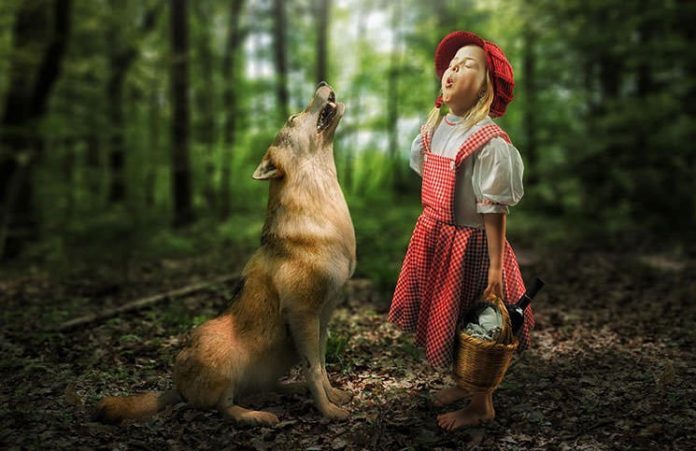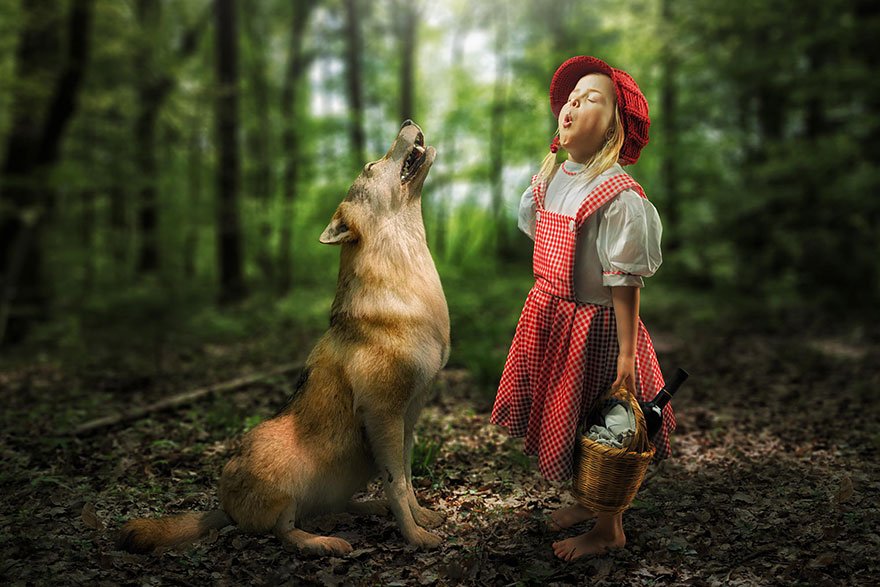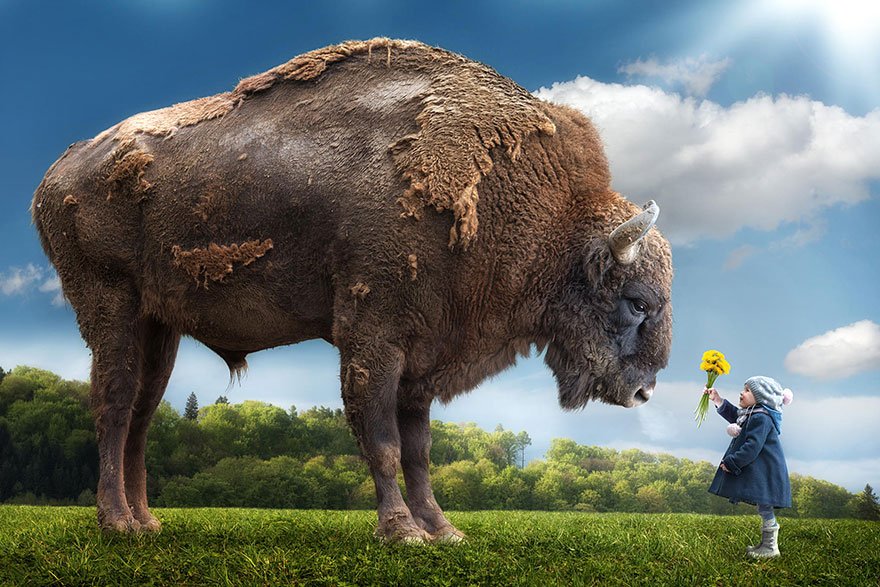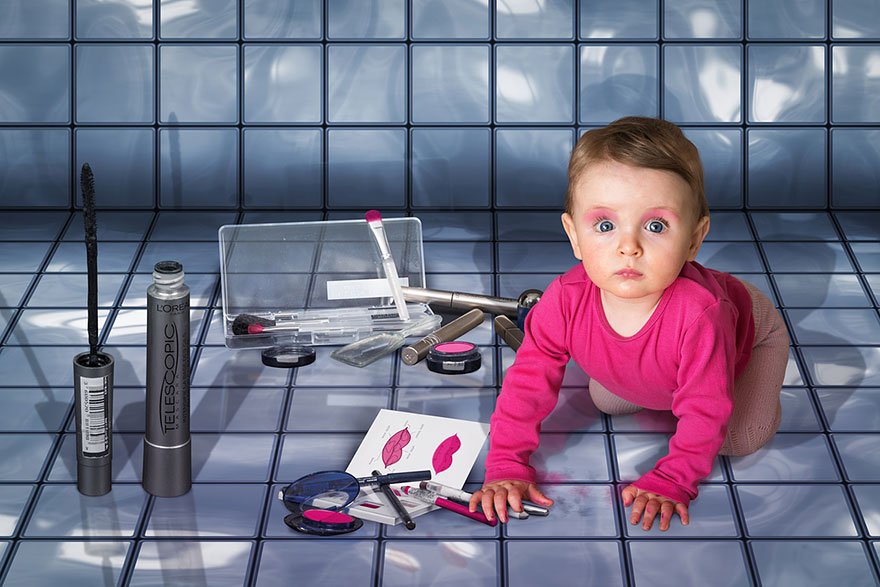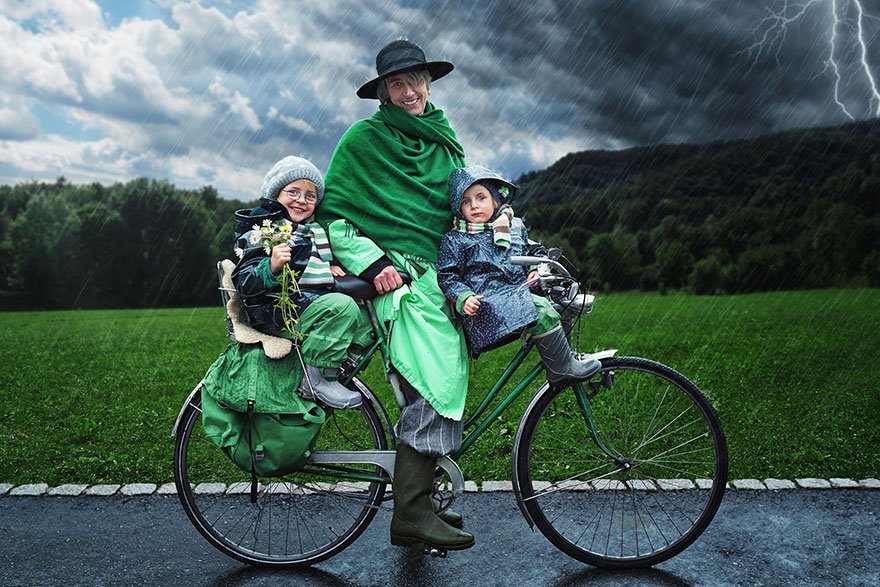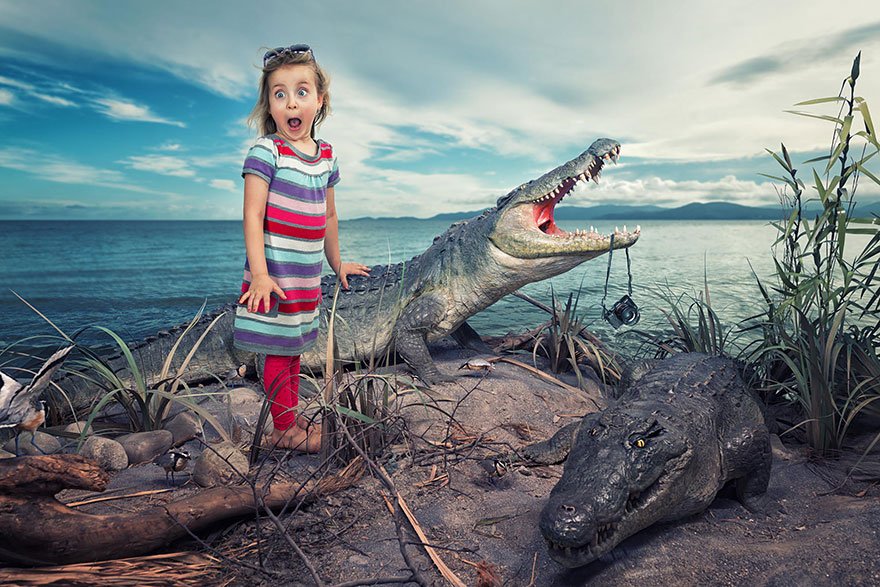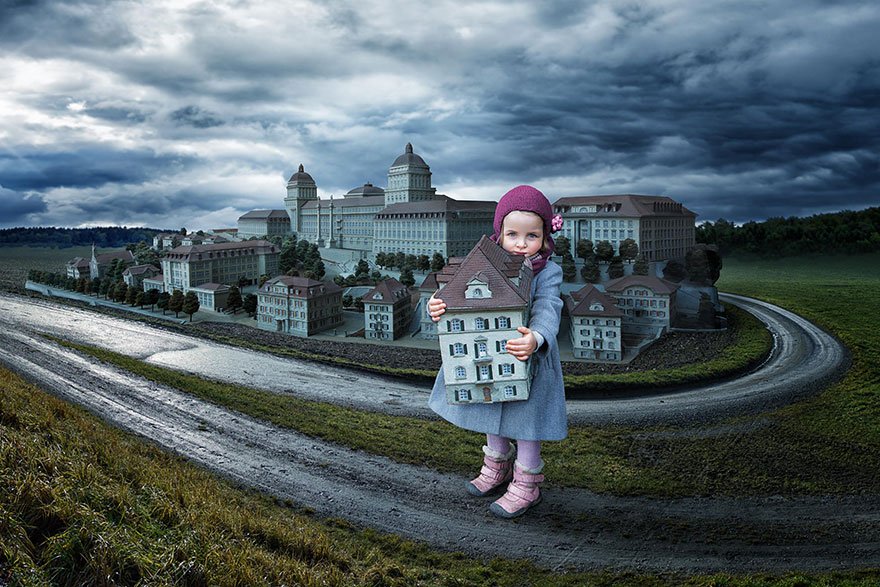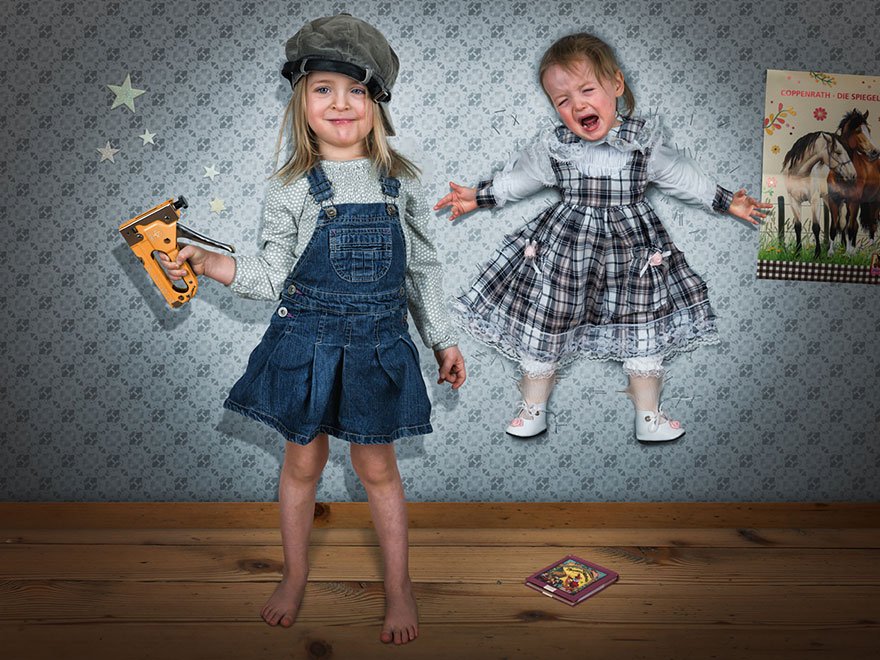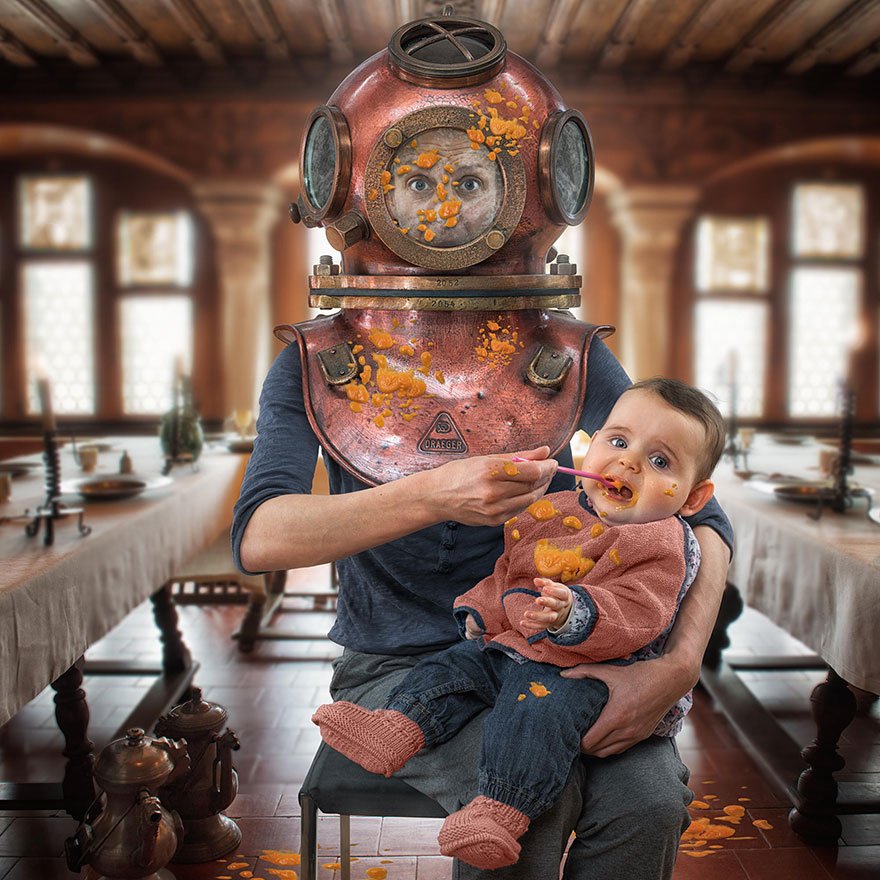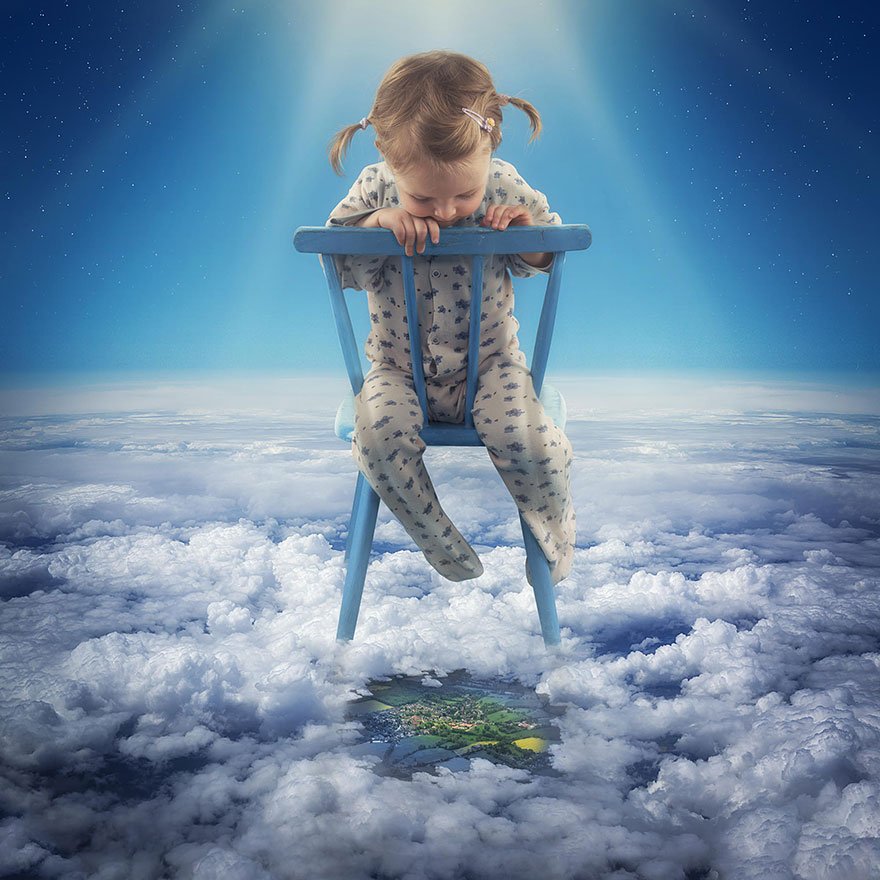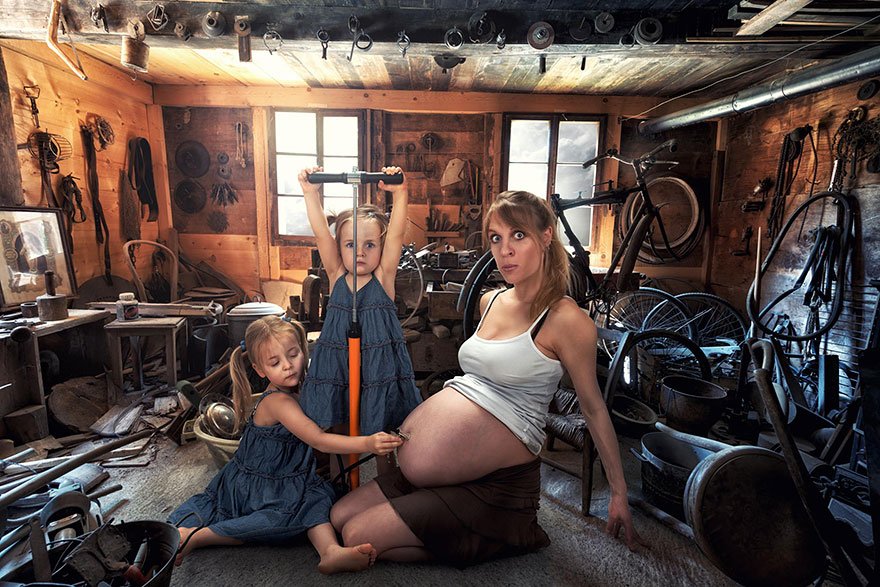Can you spot the fakes? Hundreds of amazing images wash over our greedy eyeballs each and every day, clogging our Twitter timelines and Facebook feeds. Many of them are fakes, lies, or both. Like these!
But did John Lennon ever play guitar with Che Guevara? Is the smog in Beijing so bad that people watch video of the sun on giant public TVs? Did people really used to send their kids through the mail?
1) Is this a photo of John Lennon playing guitar with Che Guevara
SEXPAND
Can you believe John Lennon once sat down and played guitar with revolutionary Marxist icon (and world-renowned t-shirt logo) Che Guevara? Well, don’t. Because he didn’t.
The photo is a photoshop job in which someone plastered Che’s face on top of the body of guitarist Wayne “Tex” Gabriel. Below, the actual photo of Lennon and Gabriel.
Inaccurate fun fact photo via @HistoryInPics
2) Is this a photo of JFK and Marilyn Monroe cuddling?
SEXPAND
No, that photo on the left doesn’t depict an unguarded moment of affection between President John F. Kennedy and actress Marilyn Monroe. It’s the work of artist Alison Jackson, who’s known for her photos using lookalikes of famous people. And it’s a damn good lookalike.
The real photo on the right is from a May 19, 1962 party that followed a Democratic fundraiser in New York. Monroe and Kennedy were never actually caught in a secretive embrace—not on film, anyway.
Inaccurate fun fact photo via @HistoryPixs
3) Are people in smog-choked Beijing watching fake sunrises?
SEXPAND
A photograph represents a single moment in time. So even an honest photo can lie when you don’t have enough information.
This Getty photo was passed around last week by the Daily Mail as a peek into a dystopian world where Beijing’s only glimpse of the sun comes from digital screens. And yes, the smog is horrible in China right now. But the story is misleading.
In reality, the photo shows a Chinese tourism ad for Shandong province playing on a giant video screen in Tiananmen Square. As the Tech in Asia blog points out, the sun only appears on the screen for a brief period of time as part of a longer ad. The ad also plays year-round, no matter how bad the smog might be.
Inaccurate fun fact photo via Mail Online
4) Is this photo from a Soviet mental institution in 1952?
SEXPAND
No, that bizarre photo on the left isn’t some supernatural weirdness from a Russian mental institution in 1952. It’s from Pina Bausch’s performance art dance show, Blaubart. A screenshot from a 1977 performance is on the right.
The photo did inspire some freaky fiction though: American Horror Story recreated the scenefor an episode in season 3.
Inaccurate fun fact photo via @DisturbingPix
5) Is this a photo of JFK and his daughter Caroline?
SEXPAND
HistoryInPics recently tweeted the image on the left, claiming that it showed President John F. Kennedy with his daughter Caroline. According to this enormously popular (and frequently incorrect) Twitter account, the young girl is wearing a mask made to look like her father.
But if something doesn’t look quite right, that’s because this, of course, is a face-swapped version of the original photo. That’d be one hell of a mask though, right?
Inaccurate fun fact photo via @HistoryInPics
6) Were these children actually mailed through the US Postal Service?
SEXPAND
They’re adorable photos. And horrifying stories. Did people actually used to toss a few stamps on children and send them through the mail? Not exactly.
There are indeed a handful of documented cases of Americans “mailing” their children in the early 1910s. But there are two important caveats to this oft-repeated fun fact. First, the photos that have been making the rounds on historical Twitter accounts don’t actually show children being mailed. According to the Smithsonian, they were gag photos meant as a laugh. And secondly, this isn’t what they mean by “mailing” a child.
For instance, when 6-year-old May Pierstorff was “mailed” February 19, 1914 from Grangeville, Idaho to her grandparents house 73 miles away, she was in the care of a relative who worked for the train company. Essentially, it was cheaper to call the young girl “mail” and send her on the train with her relative than buying a full-priced ticket.
Back in 2009 Catherine Shteynberg over at the Smithsonian wrote a follow-up clarifying the baby mail story, which had gone viral:
Clearly, many were startled and amazed by this photo of a postal carrier with a child in his mail bag, and so for some clarification, I spoke to Nancy Pope, historian at theNational Postal Museum. She reiterated the information from the Flickr caption for this photograph: first, that this photo was actually a staged piece, and second, that there is little evidence that babies were sent through the mail other than in two known cases in which children were placed on train cars as “freight mail” as this was cheaper than buying them a regular train ticket.
There are no doubt authentic stories of children being put in the hands of U.S. postal workers between 1913 and 1915. But when you dig a bit deeper, most of these stories have caveats that make them slightly less horrifying.
Inaccurate fun fact photo via Retronaut
7) Is this a young Syrian child sleeping next to the graves of his dead parents?
SEXPAND
The photo on the left has been making the rounds with the caption: “In Syria, sleeping between his parents.”
It’s a heart-wrenching photo. But it’s actually just part of an art project from Saudi Arabia. The photographer is a 25-year-old, named Abdul Aziz al-Otaibi, who wanted to create a photograph that showed how a child’s love for his parents is eternal. And it has nothing to do with the current humanitarian crisis in Syria.
“Look, it’s not true at all that my picture has anything to do with Syria,” Al-Otaibi told a Dutch reporter who works in the Middle East. “I am really shocked how people have twisted my picture.”
Inaccurate photo description via Imgur
8) Was Ella Fitzgerald denied a gig at the Mocambo night club in 1954 because she was black?
SEXPAND
According to the HistoryInPics Twitter account, the Mocambo night club in West Hollywood refused to book Ella Fitzgerald in 1954 because of her race. That is, until Marilyn Monroe said she’d reserve a table in the front row for Fitzgerald’s show.
At least one part of the story is true: Marilyn Monroe did indeed help Ella Fitzgerald land a gig at the swanky hot spot Mocambo in 1954. But in fact, race wasn’t the reason that Charlie Morrison, the club’s manager, didn’t want to book Fitzgerald. Black performers had played Mocambo plenty of times in the early 1950s. But unfortunately for Fitzgerald, Morrison didn’t think she was “glamorous enough.” Monroe was a huge fan of Fitzgerald and was able to change the manager’s mind.
In her 2012 book, Marilyn Monroe: Private and Undisclosed, biographer Michelle Morgan explains:
…a variety of black entertainers had been booked there long before Ella, including Dorothy Dandridge in 1951 and Eartha Kitt in 1953. The truth is that while [club manager] Charlie Morrison encouraged and applauded performers of all races in his club, he didn’t see Ella Fitzgerald as being glamorous enough to bring in the crowds. It would take Marilyn to change his mind, and once Ella had her foot in the door she successfully played at the Mocambo on a variety of occasions.
Fitzgerald and other black entertainers of the 1950s experienced appalling discrimination in the United States, which is what makes the original story so believable. But in the case of Mocambo, Monroe’s intervention wasn’t about race.
Inaccurate fun fact photo via @HistoryInPics
9) Was this man making death masks for soldiers in WWI?
SEXPAND
Those masks hanging on the wall in this WWI-era photo aren’t death masks, as some historical Twitter accounts would have you believe. They were for WWI veterans who had suffered facial disfigurements during battle.
In a 2007 article for Smithsonian magazine, Caroline Alexander explained the valuable work that was going on at the time to give soldiers a bit of confidence. She quotes Francis Derwent Wood, who founded a mask-making unit in 1916 for men returning from battle: “My cases are generally extreme cases that plastic surgery has, perforce, had to abandon; but, as in plastic surgery, the psychological effect is the same. The patient acquires his old self-respect, self assurance, self-reliance… takes once more to a pride in his personal appearance.”
Inaccurate fun fact photo via @HistoryInPix
10) Is this a carving of Buddha at the Ngyen Khang Taksang Monastery?
SEXPAND
No, the photo on the left doesn’t show a monastery you can actually visit, despite what Top Dreamer magazine might insist. The photoshopped image comes from an online art collective called Reality Cues and their Graffiti Lab Tumblr project. The un-altered photo on the right actually shows the Wulingyuan Scenic Area in China’s Hunan Province.
UPDATE: You can read my interview with the creator of this image here.
Inaccurate fun fact image via Top Dreamer Magazine
11) Is this device from 1922 the world’s first mobile phone?
SEXPAND
Does this short film from 1922 actually show the world’s first mobile phone? No, no it doesn’t.
When this British Pathe archival video titled “Eve’s Wireless” first went viral, even respected media outlets ran with the story that it was footage of a mobile phone. But what the filmactually shows is a crystal radio.
Back in the early 1920s, “wireless telephone” was still an accepted term for radio technology. Radio was relatively new to the masses, and the tech was still making its shift from a primarily point-to-point communications medium to a broadcast medium. But the women in the film are simply listening to a radio, and there’s no indication that the device has transceiver capabilities. You can read a more detailed dissection of the film here.
Inaccurate fun fact photo via Metro UK
12) Does this photo show the Fairy Pools on the Island of Skye in Scotland?
SEXPAND
No, that photo on the left isn’t from the Fairy Pools of Scotland. As it turns out, the photo is actually an altered image from a river in Queenstown, New Zealand where someone has for some reason made all the trees purple. The unaltered image is still absolutely gorgeous. But obviously not “viral-gorgeous,” since the purple-soaked image is the one that’s currently making the rounds.
13) Is this Los Angeles during the 1994 blackout?
SEXPAND
Much of Los Angeles suffered a power outage after the city’s devastating 6.7 earthquake in 1994. The blackout decreased the city’s light pollution and residents got a rare look at the stars as they hadn’t seen them before. But no, the image above doesn’t show that blackout in 1994.
Photographer Thierry Cohen creates photo mash-ups depicting the night sky over major cities, as if all the lights had gone out. And Cohen’s image above (just one in a series) is now getting shared online to tell the story of how some people in L.A. reportedly called police to ask about the “strange sky” they were seeing after the quake.
But the story of panicked Angelenos who were supposedly terrified of the stars seems to become more and more exaggerated with each passing year. It may have actually happened, but I have yet to actually verify one case of someone calling 911 about any strange lights in the sky. However, the local Griffith Observatory has confirmed they got calls with questions about the stars. The naive, freaked out Angeleno makes for an amusing story. But much of it, like the image above, is a bit of an exaggeration.
Inaccurate photo description via BestOfCosmos
14) Is this a real underwater train in Denmark?
No, this isn’t an underwater train route in Denmark. According to a photo-sleuth on Reddit, the train stop that this purports to be actually looks like this. Perfectly pleasant indeed, but far less impressive than an underwater train.
Fake image via GooglePics
15) Is this George Orwell holding a puppy?
SEXPAND
Yes, George Orwell did serve as a soldier during the Spanish Civil War. But no, the man holding the puppy above isn’t George Orwell.
Orwell wrote an entire book about his experiences there, titled Homage to Catalonia. And the photo above has spread far and wide online. But the man holding the puppy doesn’t even look like Orwell. However, as photo debunking site Hoax of Fame points out (and Getty Imagesconfirms), that really is Ernest Hemingway in the background wearing glasses.
Below we have an actual photo of Orwell from the Spanish Civil War. That tall man with the mustache standing in the back? That’s him.
SEXPAND
Inaccurate photo description via Historical Times
16) Do these photos show Leonardo DiCaprio 20 years apart?
SEXPAND
According to HistoryInPics, the photo in the middle shows actor Leonardo DiCaprio at 19, while the one of the right shows him at 39. What did Leo actually look like at 19? The picture on thefar left is from the premiere of What’s Eating Gilbert Grape.
Inaccurate photo descriptions via HistoryInPics
17) Is this an elephant rock carving?
SEXPAND
No, that image on the left isn’t a real carving of an elephant. It’s computer-generated, much like the one we looked at a few months ago. The image on the right is a 1995 Associated Press photo of Packy the elephant at the Portland Zoo, which I’ve included just because I like elephants.
Fake image via GiveMeInternet
18) Does this image show all the satellites orbiting Earth?
SEXPAND
It’s a stunning image of the world completely surrounded by satellites. It even looks like something straight from WALL-E — so much so that it doesn’t look real. And that’s because it isn’t.
Some people posting this viral image have been writing things like “the image speaks for itself.” Well, no. It doesn’t. Because the image gives people the impression that if you took a photo from space, this is what earth’s satellites would look like.
It’s an artist’s impression of the number of satellites, but it’s virtually useless because it’s not at all to scale. The European Space Agency includes a disclaimer that’s almost always cropped out when people pass this computer-generated image around online:
Note: The debris field shown in the image is an artist’s impression based on actual data. However the image does not show debris items in their actual size or density.
Inaccurate image description via ValaAfshar
19) Is this the first ambulance ever?
According to the National Archive, the photo above was taken around 1865. But no, it’s not the first ambulance ever, as some history-focused Twitter accounts would lead you to believe. The photo probably shows the very first ambulance that the U.S. Navy Yard on Mare Island, CAhad available for its use.
But in this bizarre game of telephone we call the internet, that context has been lost completely. You only need to read the title of the 1992 book From Farmcarts to Fords: A History of the Military Ambulance, 1790-1925 to quickly realize that ambulances certainly predate 1865.
Inaccurate photo description via @HistoryPix
20) Is this a real underwater hotel?
SEXPAND
Could this be a real underwater hotel in Katafanga Island, Fiji? Sadly, no.
The images are from a 2008 proposal from Poseidon Undersea Resorts for an underwater hotel. The mock-ups do indeed look amazing. But they’re not real hotel rooms and probably never will be. At least not on that private island in Fiji. Even if the hotel finally does get built, a vacation there will set you back a pretty penny. Reservations for a week’s stay were reportedly going to cost $30,000.
Fake photo via AMAZlNGPICTURES
21) Is this the tallest statue in the world?
This statue of Buddha in Ushiku Daibutsu, Japan is claimed by some people online to be the tallest statue in the world. Except that it’s not. It’s actually the third largest statute.
The one in Japan is 110 meters tall (360 ft) while the second tallest is in Burma standing at 116 meters (381 ft). The tallest statue in the world is actually in China, towering over the people of Lushan, Henan at 128 meters (420 ft).
Inaccurate photo description via Imgur
22) Are these the dumbest firefighters ever?
Notice anything wrong with the photo above? If you answered “possible train derailment,” you win!
When firefighters put down a hose that cars may need to drive over, they can use those little ramps so that it doesn’t restrict the flow of water. Of course, that wouldn’t work with a train and as the debunking site Hoax of Fame points out, the set-up was a joke.
The firefighters were just having a chucklegoof, according to their Facebook. Apparently those particular train tracks weren’t even in service, and (thankfully) those firefighters weren’t actually that dumb.
Joke photo via Facebook
23) Is this a full moon as seen in Brazil?
SEXPAND
People on the internet love landscape photos with giant moons. They’re right up there with cat pictures and videos of hamsters eating tiny versions of Mexican food. Unfortunately, many of the giant moon photos you’ll find online are fakes. As the photo debunking Twitter accountFakeAstroPix points out, the photo above can also be tossed on the fakes pile.
Fake image via FascinatingPics
24) And finally: “The Black Lion” 🙂

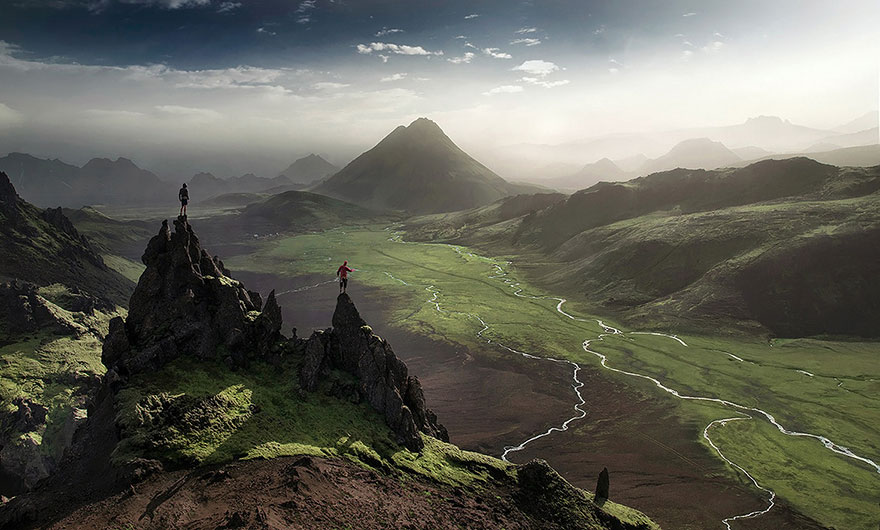 Image credits: Max Rive
Image credits: Max Rive
 Image credits: Menno Schaefer
Image credits: Menno Schaefer
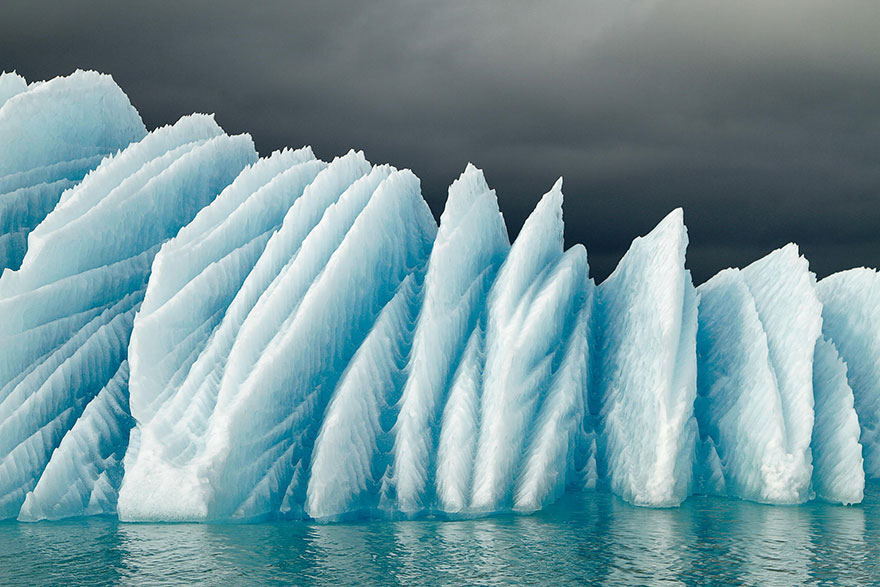 Image credits: Milko Marchetti
Image credits: Milko Marchetti
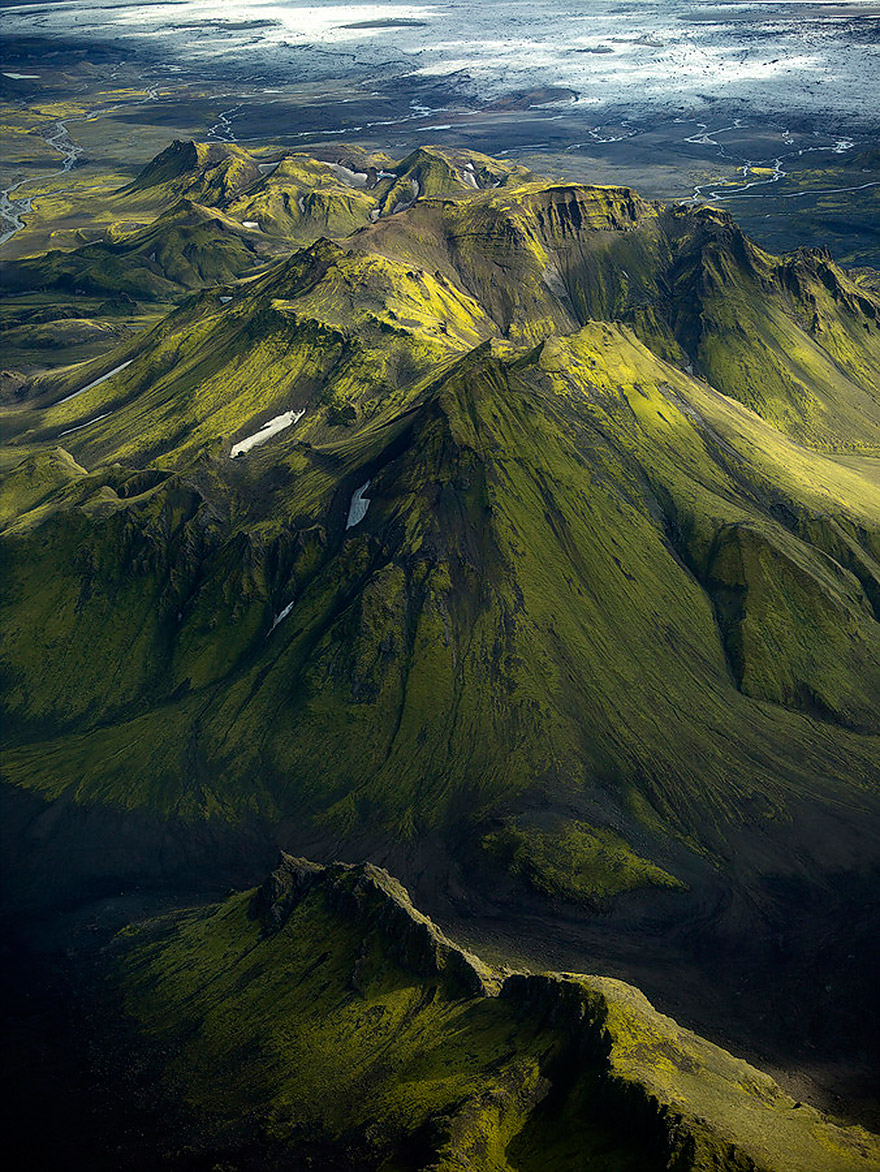 Image credits: Antony Spencer
Image credits: Antony Spencer
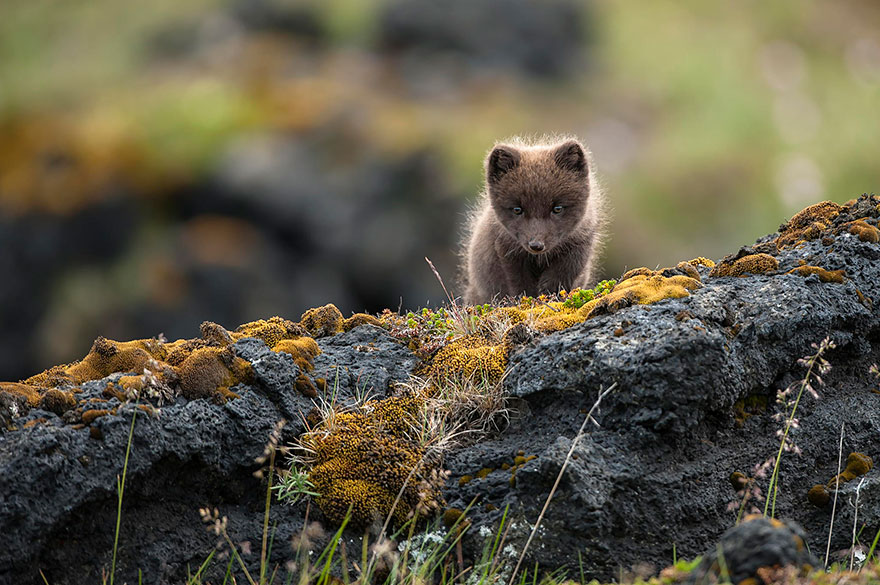 Image credits: Einar Gudmann
Image credits: Einar Gudmann
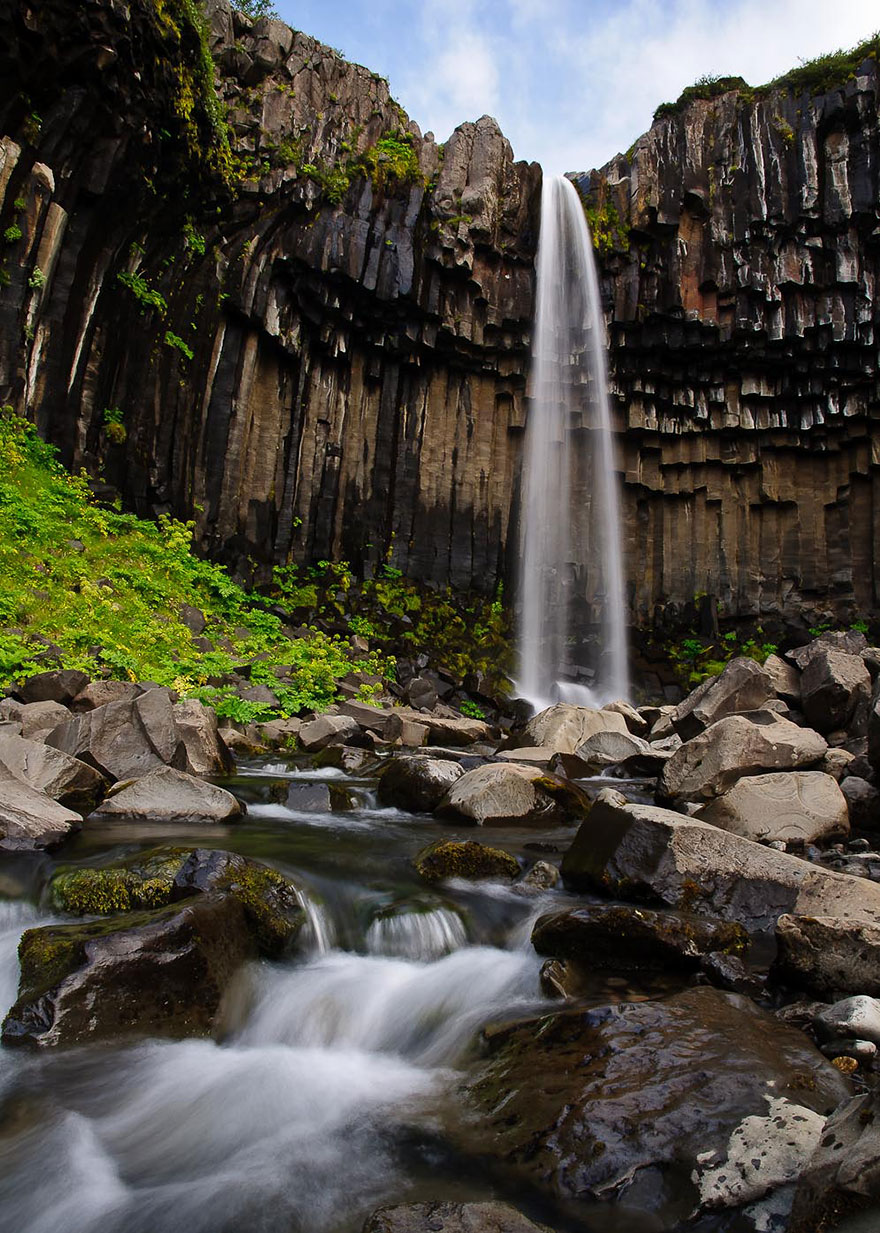 Image credits: extremeiceland.is
Image credits: extremeiceland.is
 Image credits: Gunnar Gestur
Image credits: Gunnar Gestur
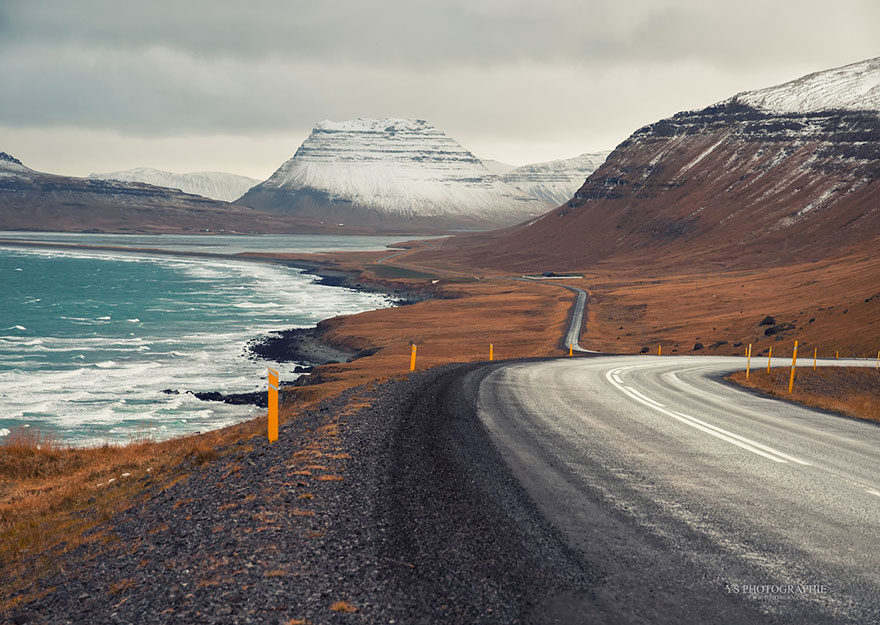 Image credits: Yves Schüpbach
Image credits: Yves Schüpbach
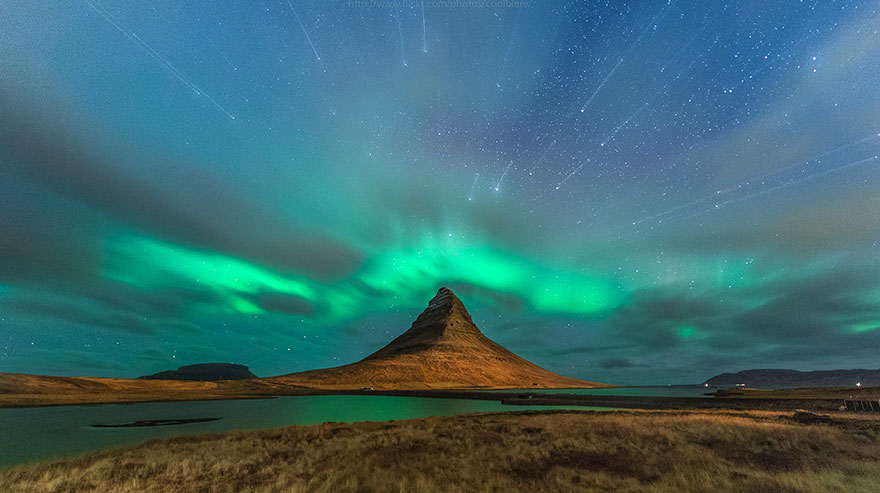 Image credits: coolbiere
Image credits: coolbiere
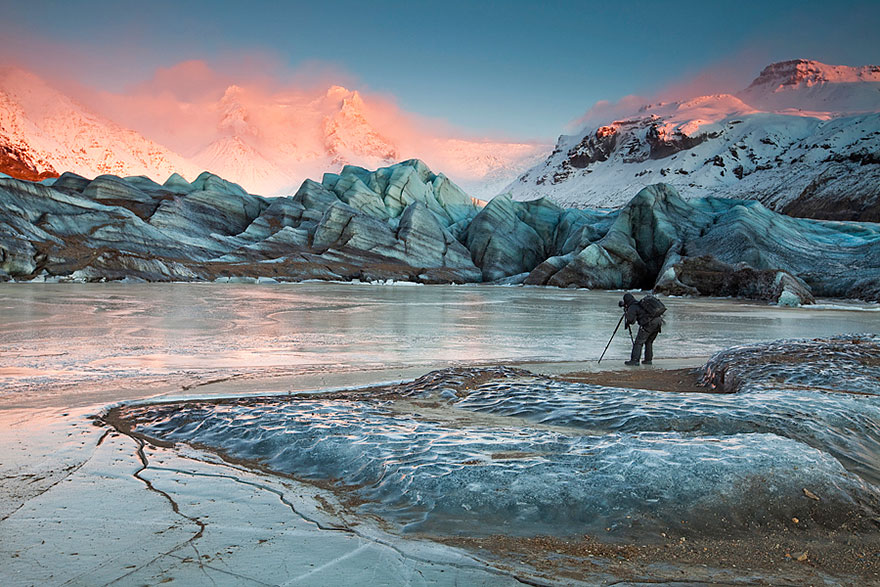 Image credits: Skarphedinn Thrainsson
Image credits: Skarphedinn Thrainsson
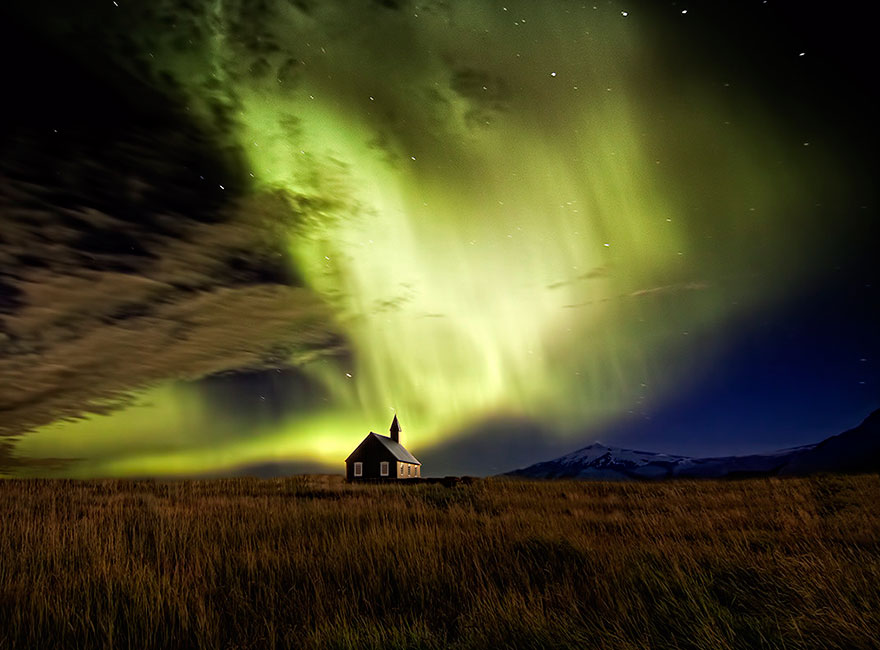 Image credits: Wim Denijs
Image credits: Wim Denijs
 Image credits: Alexandre Deschaumes
Image credits: Alexandre Deschaumes
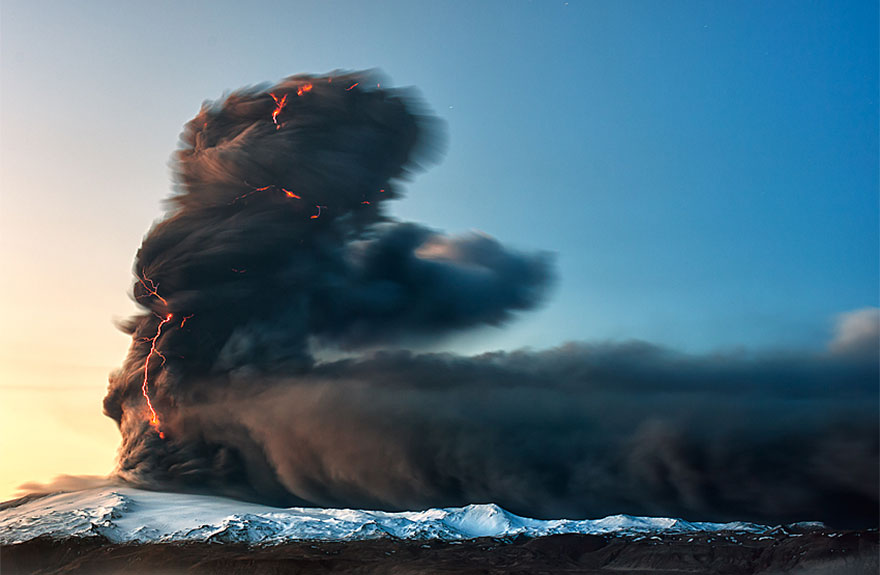 Image credits: Gunnar Gestur
Image credits: Gunnar Gestur
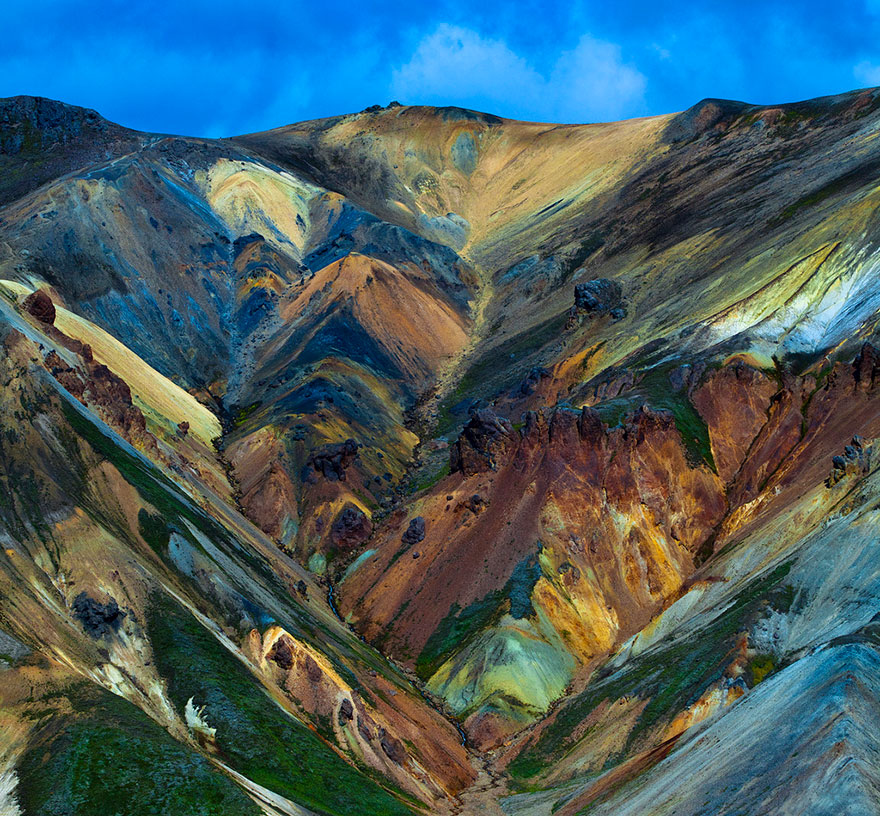 Image credits: euskadi 69
Image credits: euskadi 69
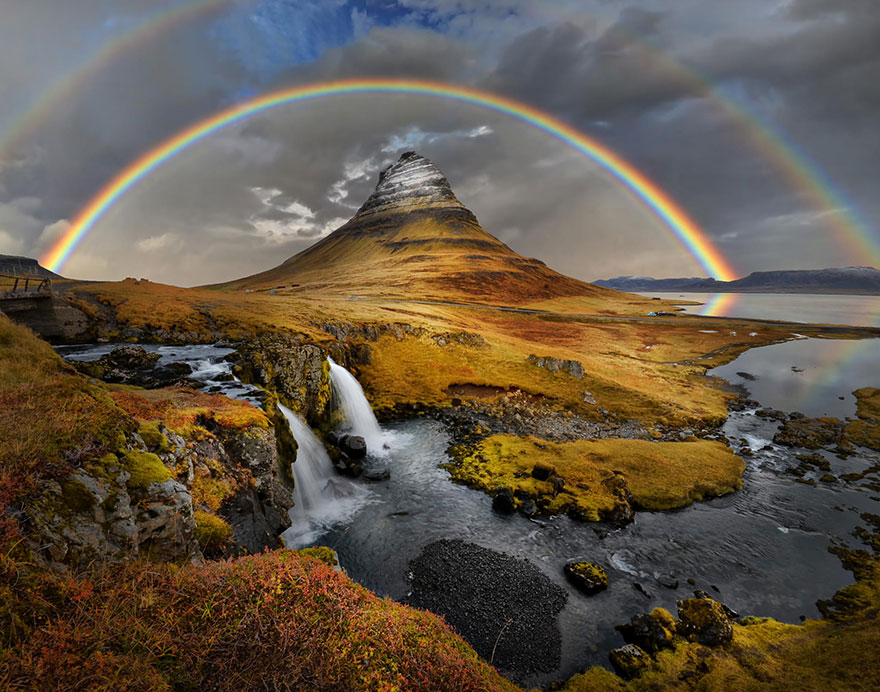 Image credits: Peter Hammer
Image credits: Peter Hammer
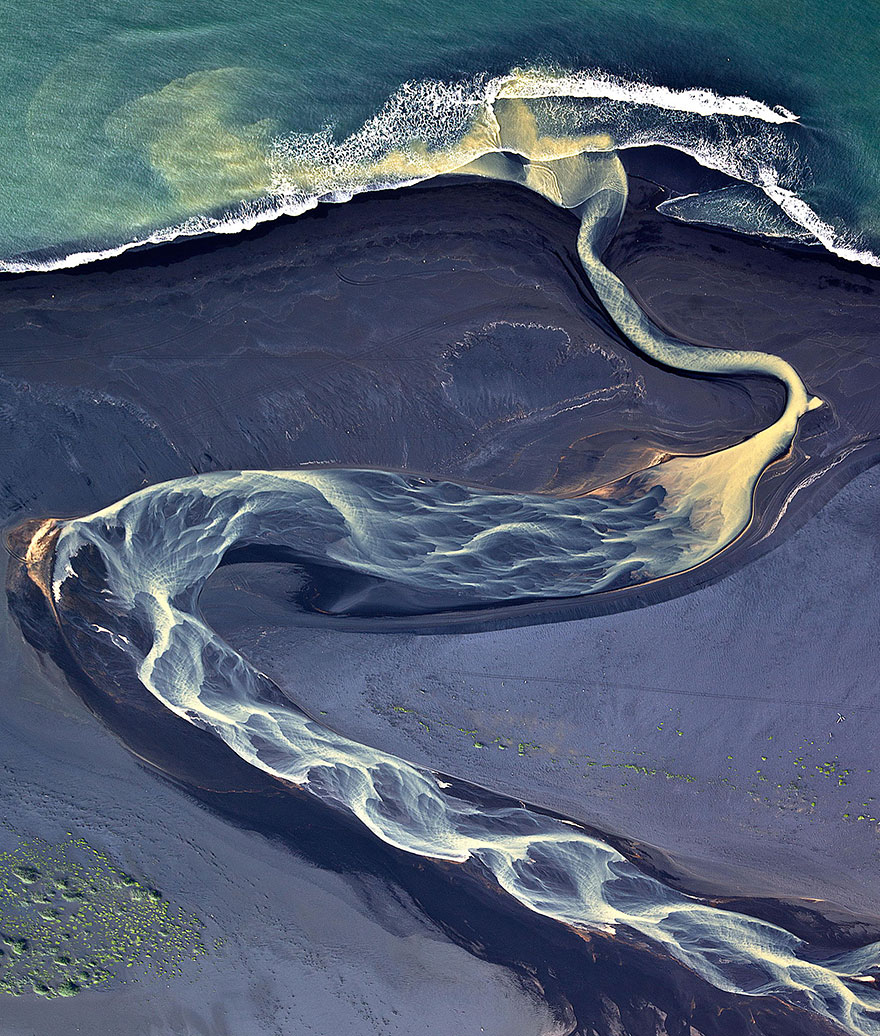 Image credits: Andre Ermolaev
Image credits: Andre Ermolaev
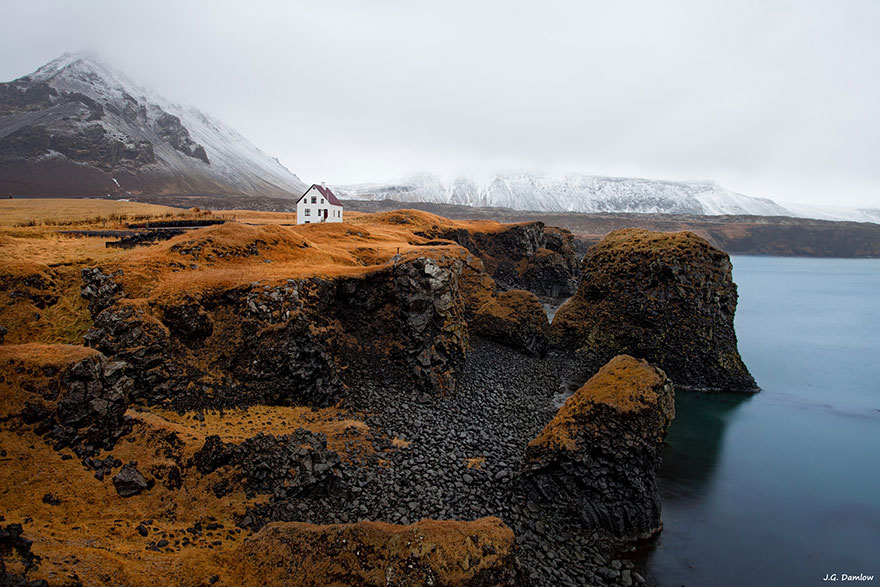 Image credits: J. G. Damlow
Image credits: J. G. Damlow
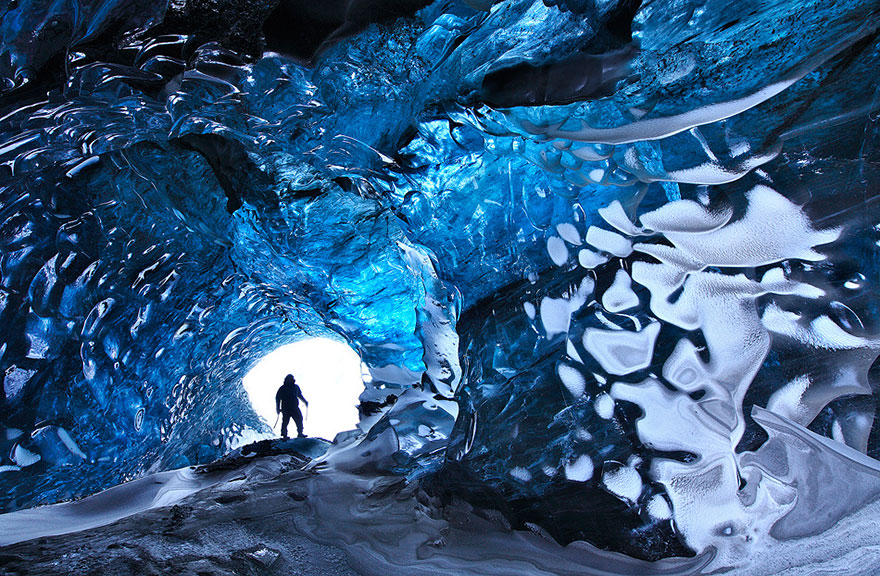 Image credits: Orvar Atli
Image credits: Orvar Atli
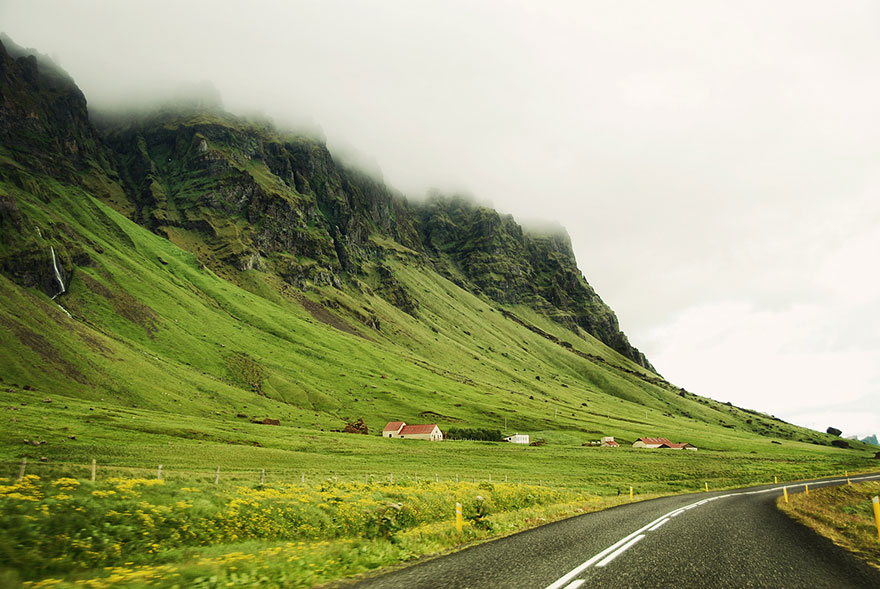 Image credits: -justk-
Image credits: -justk-
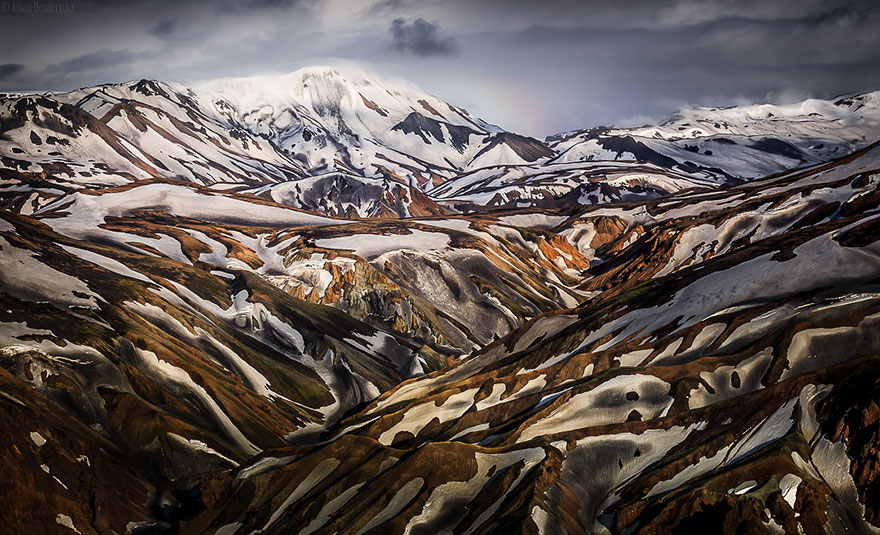 Image credits: Alban Henderyckx
Image credits: Alban Henderyckx
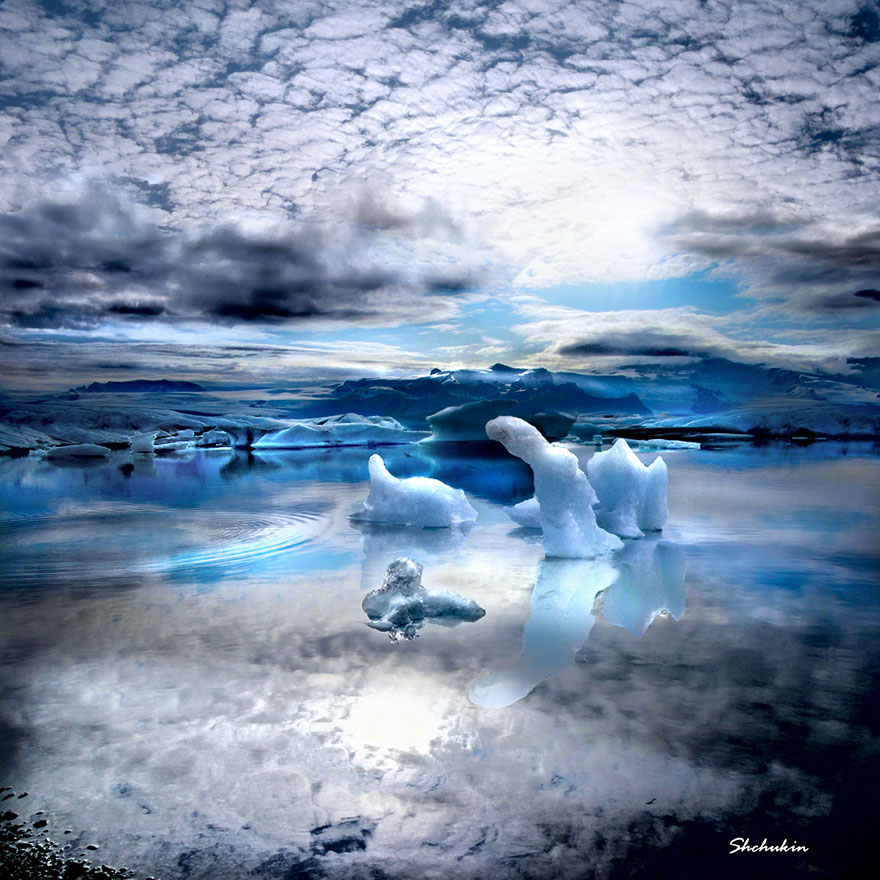 Image credits: Alexander Shchukin
Image credits: Alexander Shchukin
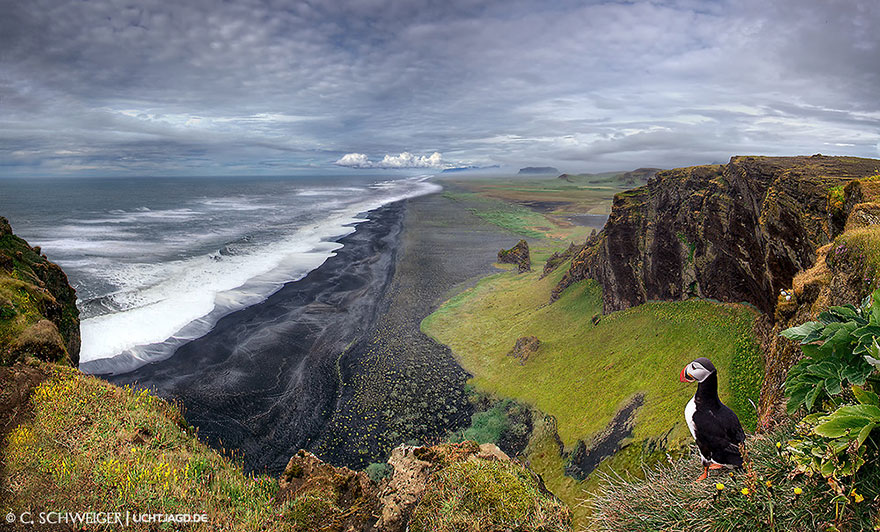 Image credits: Christian Schweiger
Image credits: Christian Schweiger
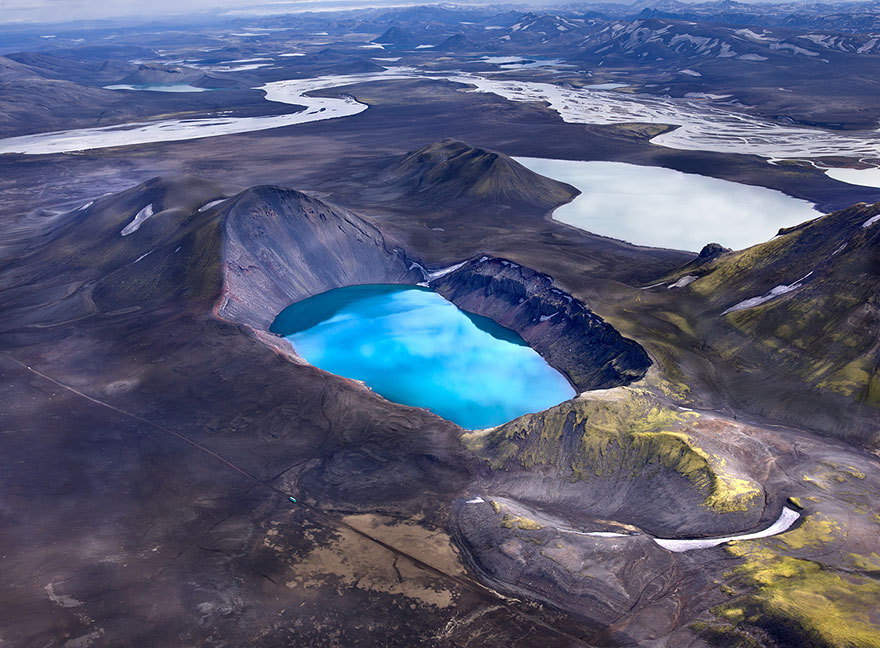 Image credits: Andre Ermolaev
Image credits: Andre Ermolaev
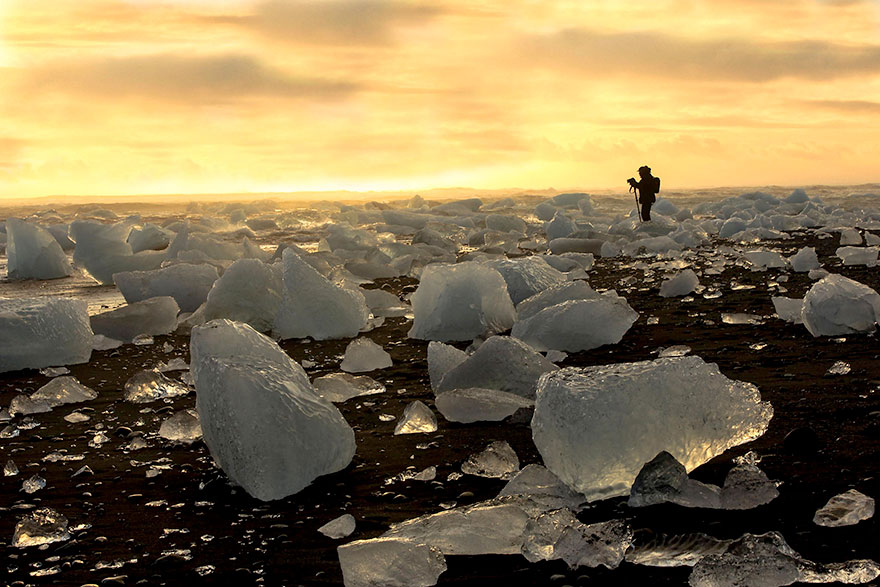 Image credits: Manisha Desai
Image credits: Manisha Desai
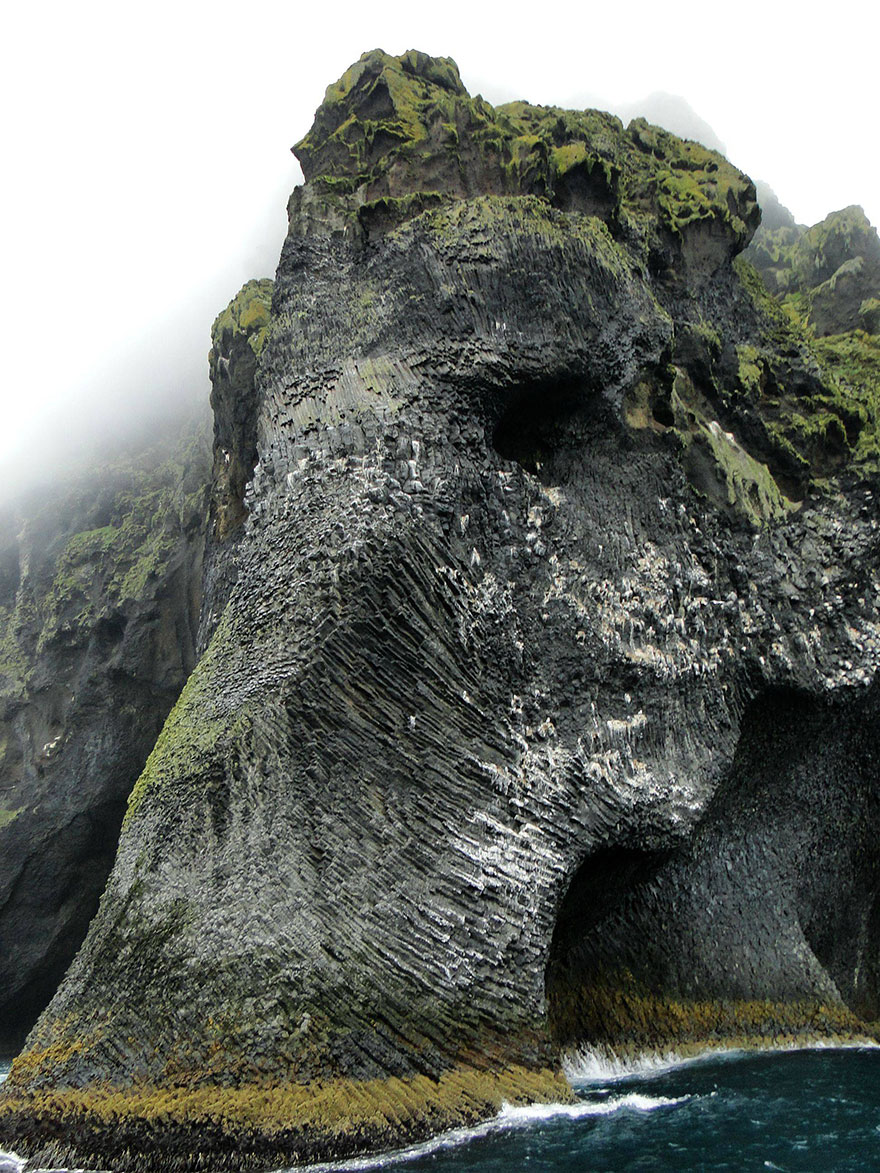 Image credits: imgur.com
Image credits: imgur.com
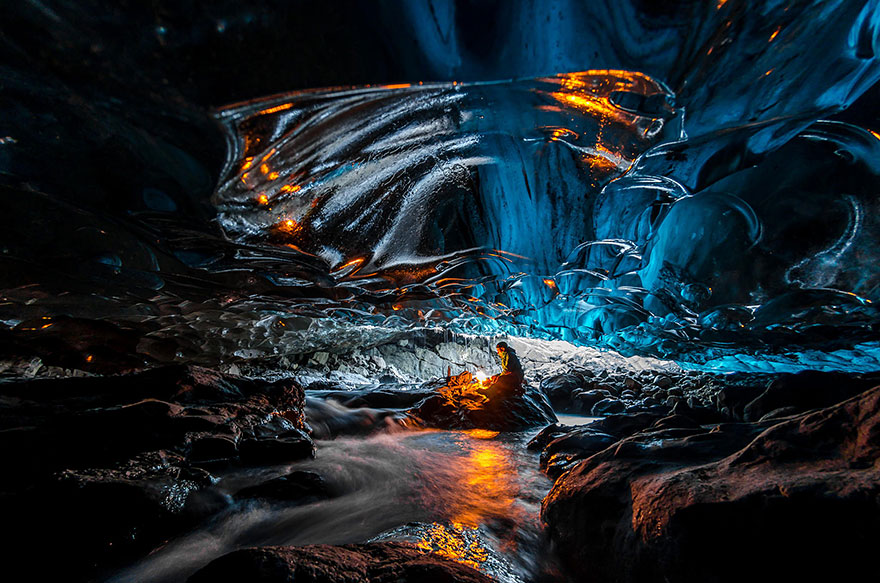 Image credits: Einar Runar Sigurdsson
Image credits: Einar Runar Sigurdsson
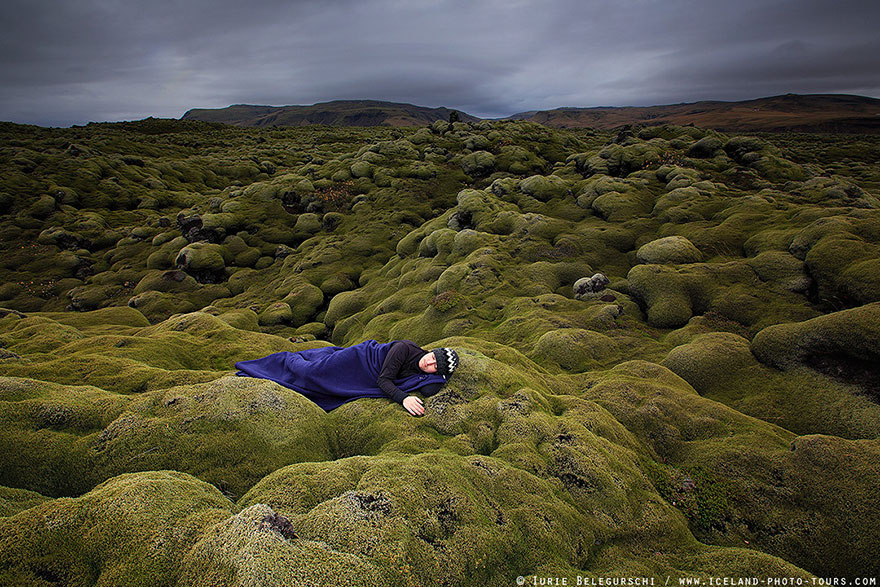 Image credits: Iurie Belegurschi
Image credits: Iurie Belegurschi
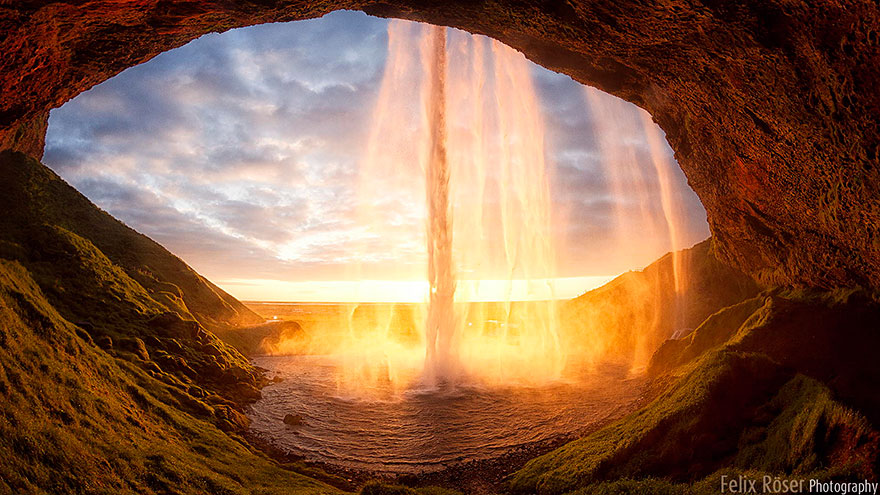 Image credits: Felix Röser
Image credits: Felix Röser
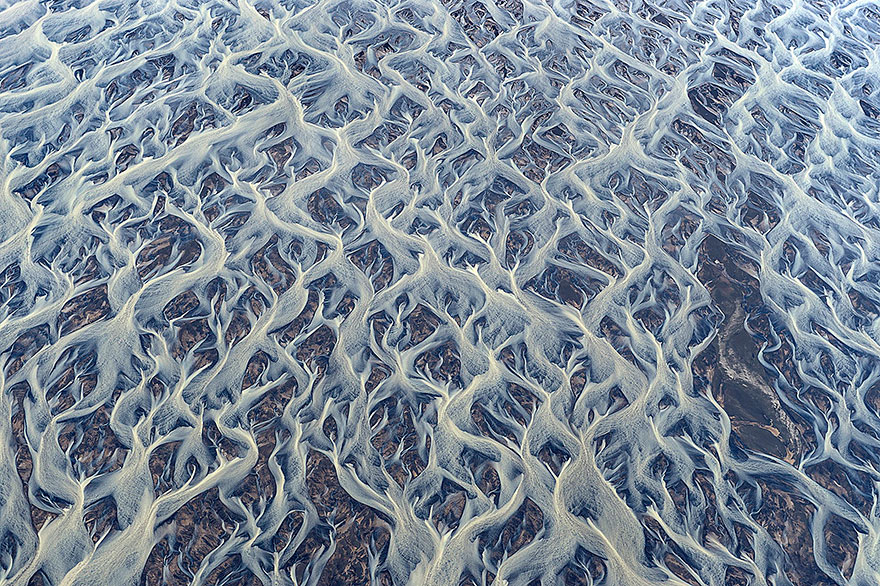
 Image credits: Johnathan Esper
Image credits: Johnathan Esper
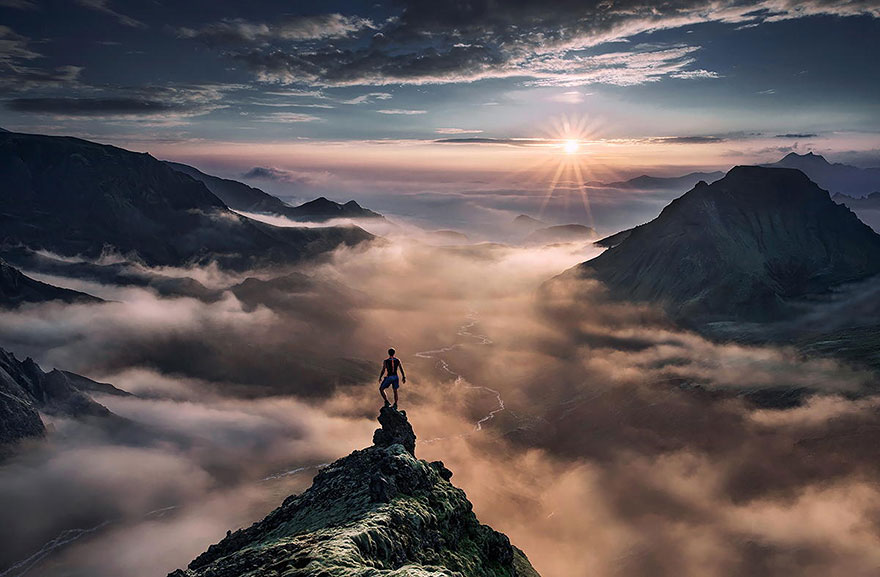 Image credits: Max Rive
Image credits: Max Rive
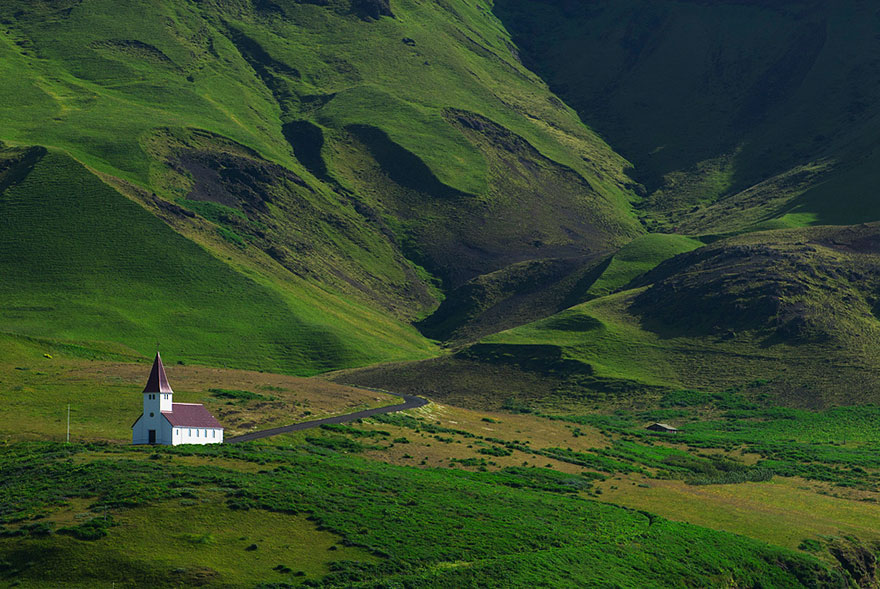 Image credits: Ivo De Decker
Image credits: Ivo De Decker
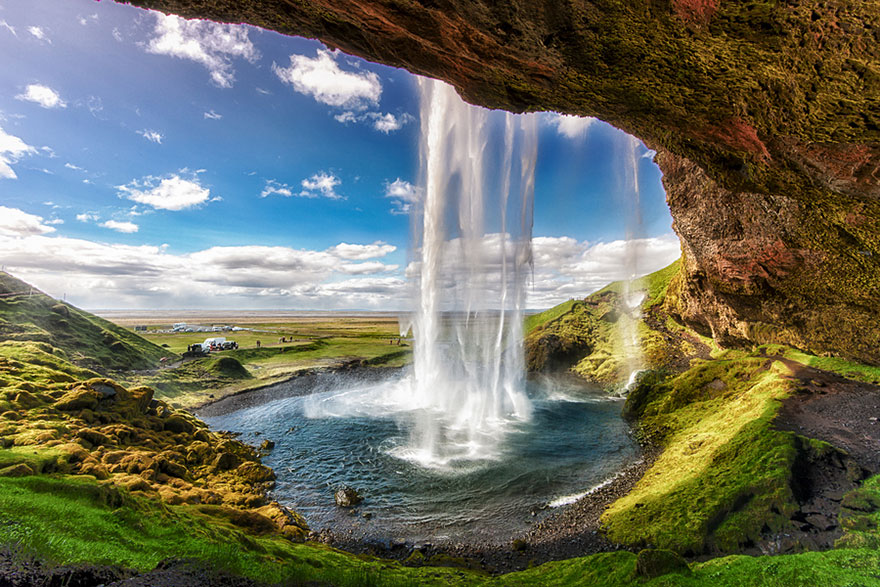 Image credits: unknown
Image credits: unknown
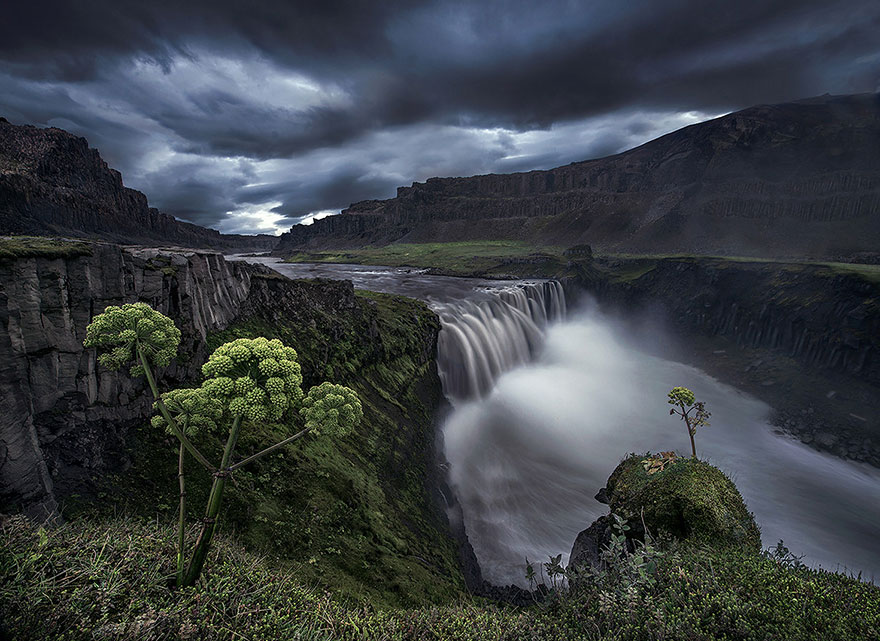 Image credits: Max Rive
Image credits: Max Rive
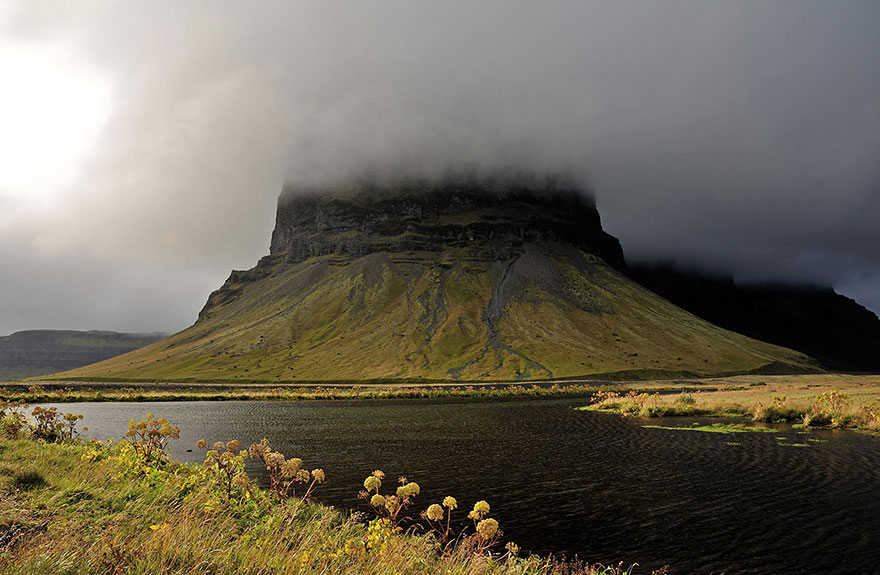 Image credits: Daniel Kaempf
Image credits: Daniel Kaempf
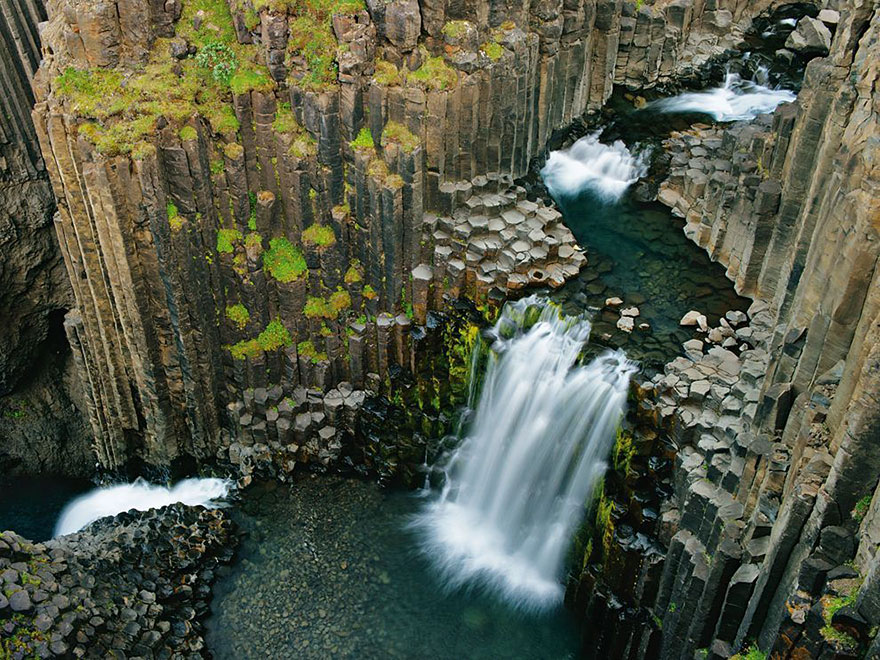 Image credits: imgur.com
Image credits: imgur.com
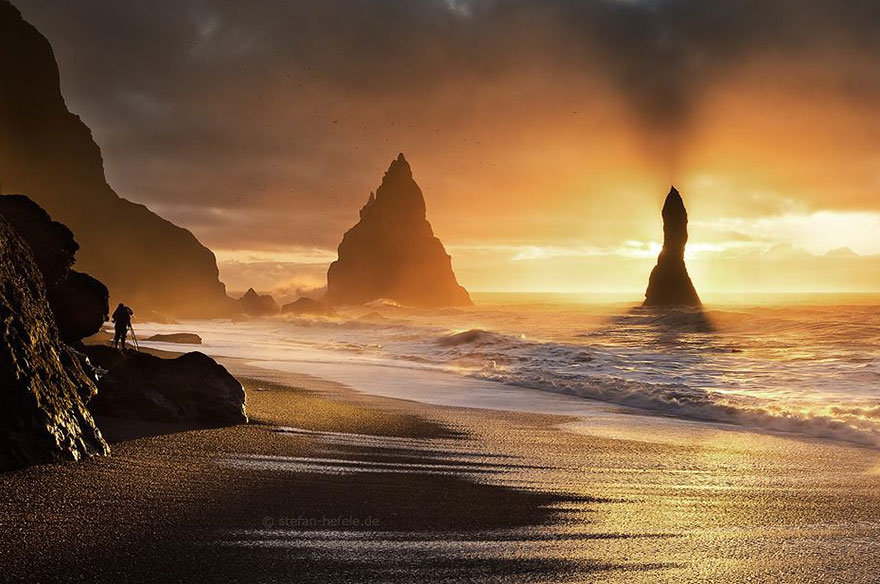 Image credits: Stefan Hefele
Image credits: Stefan Hefele 

